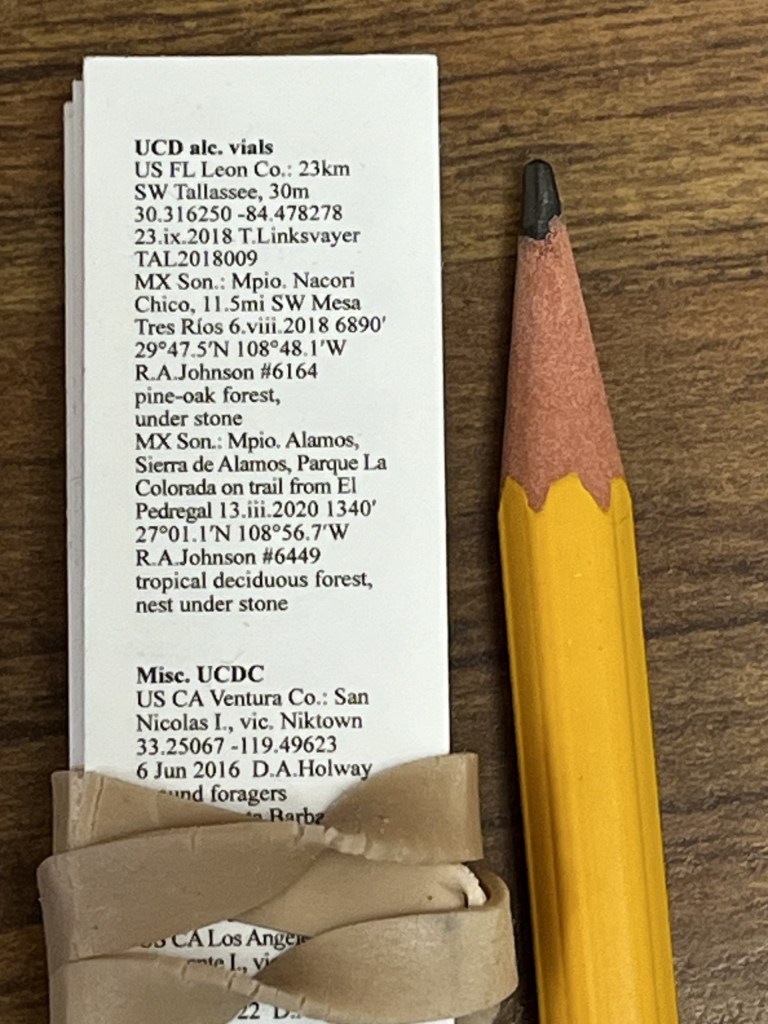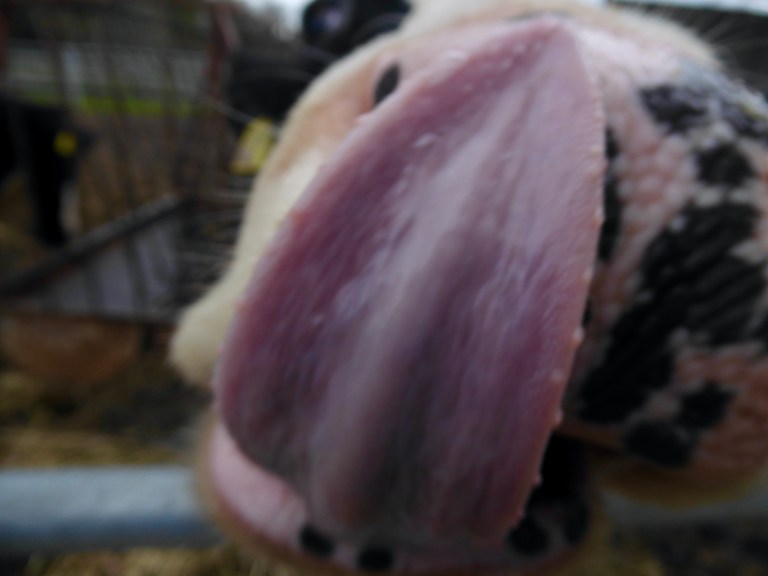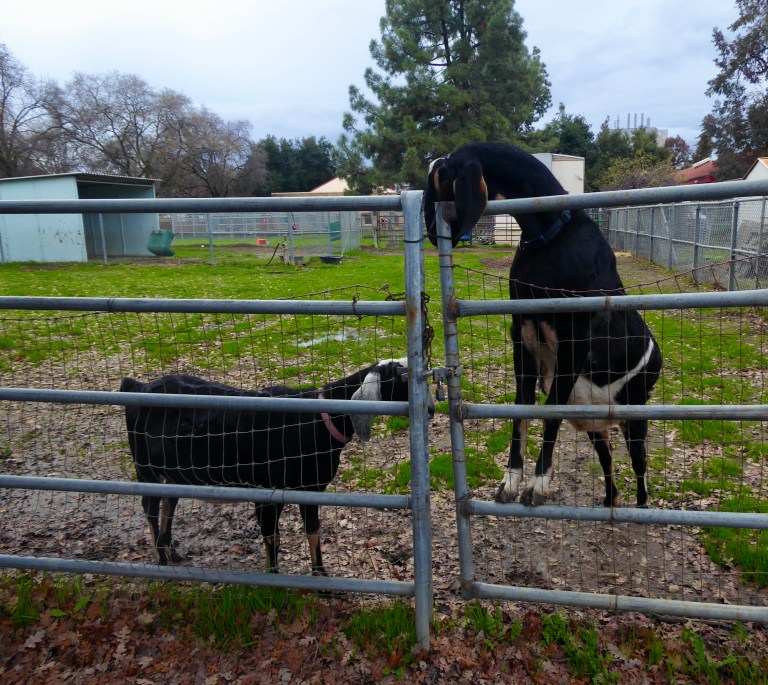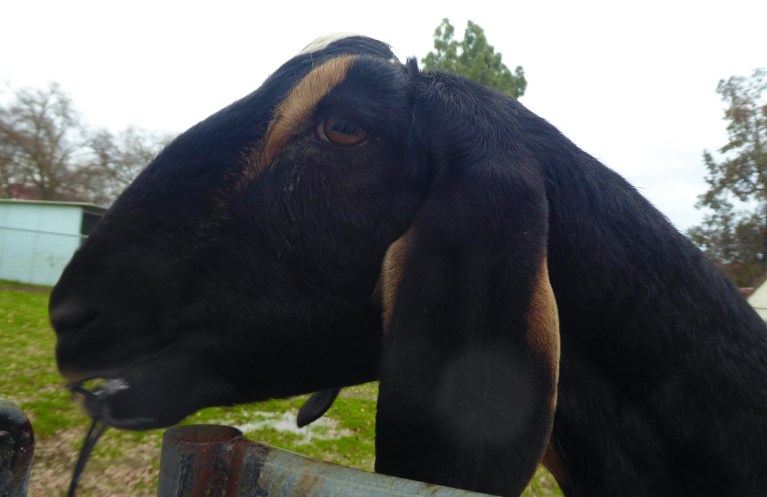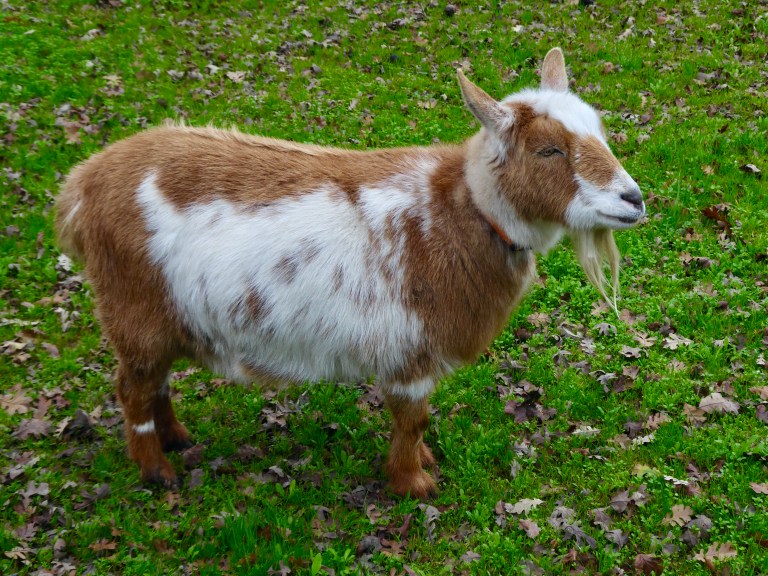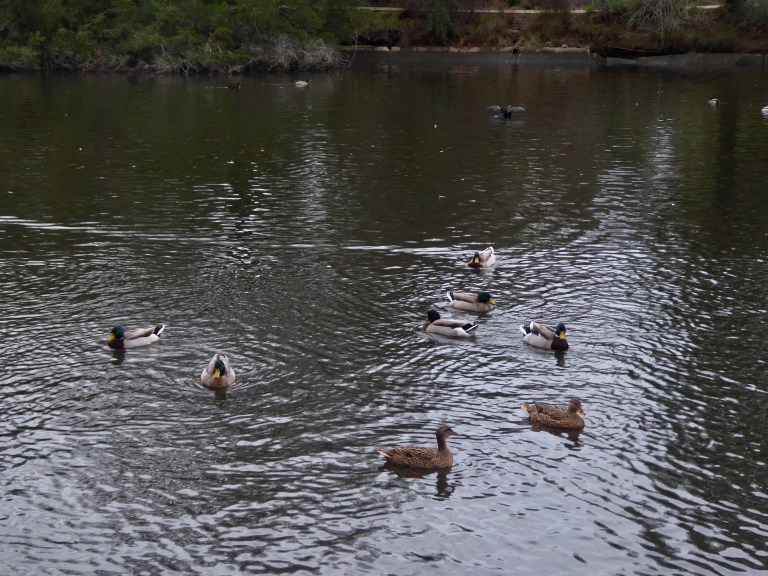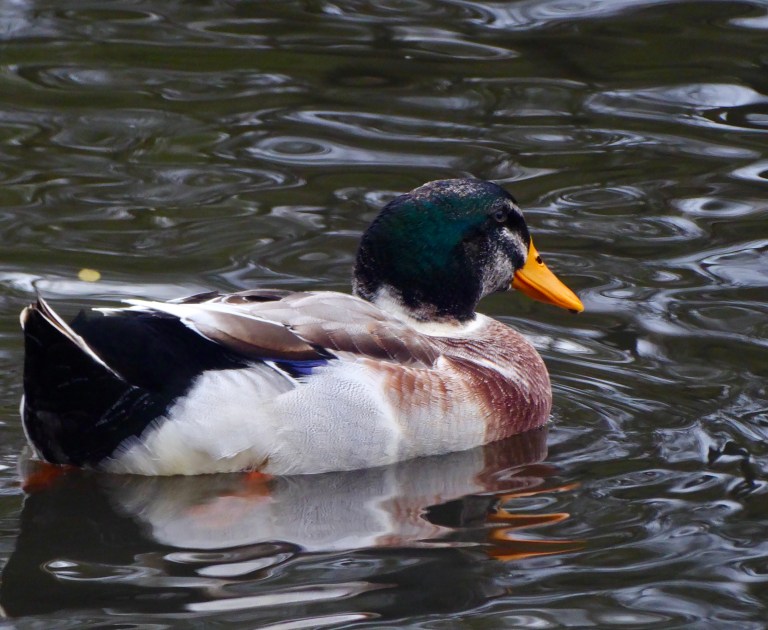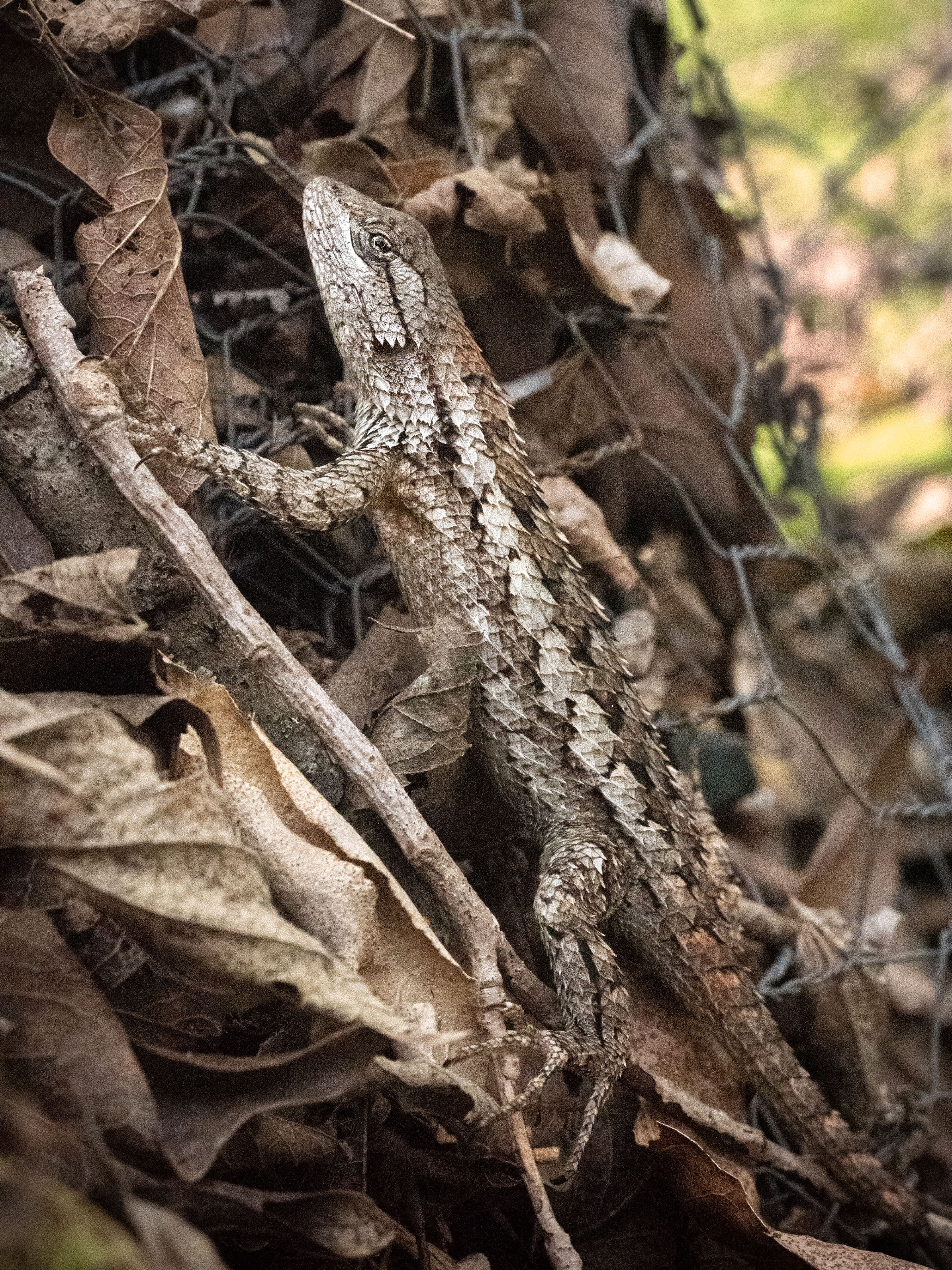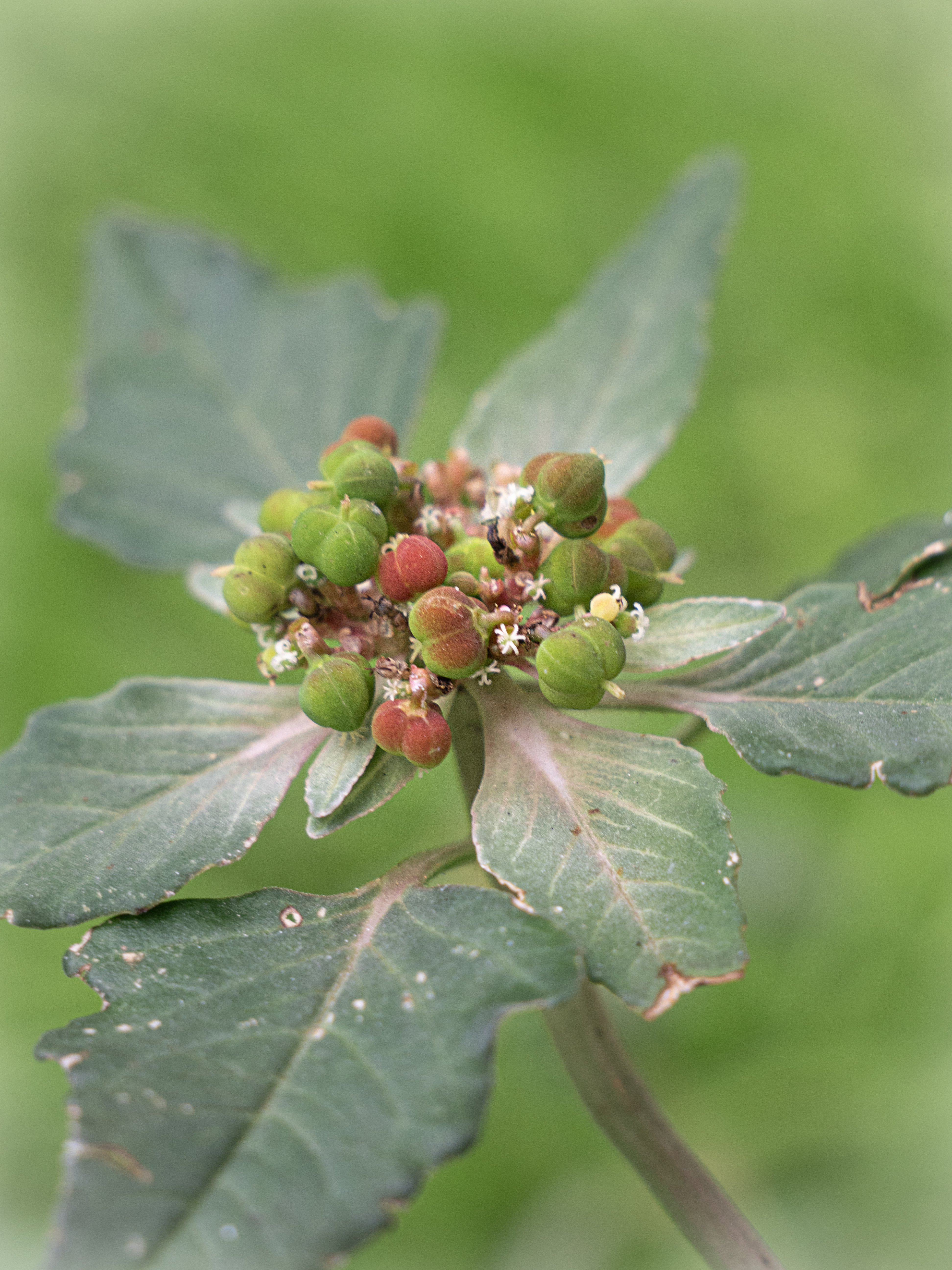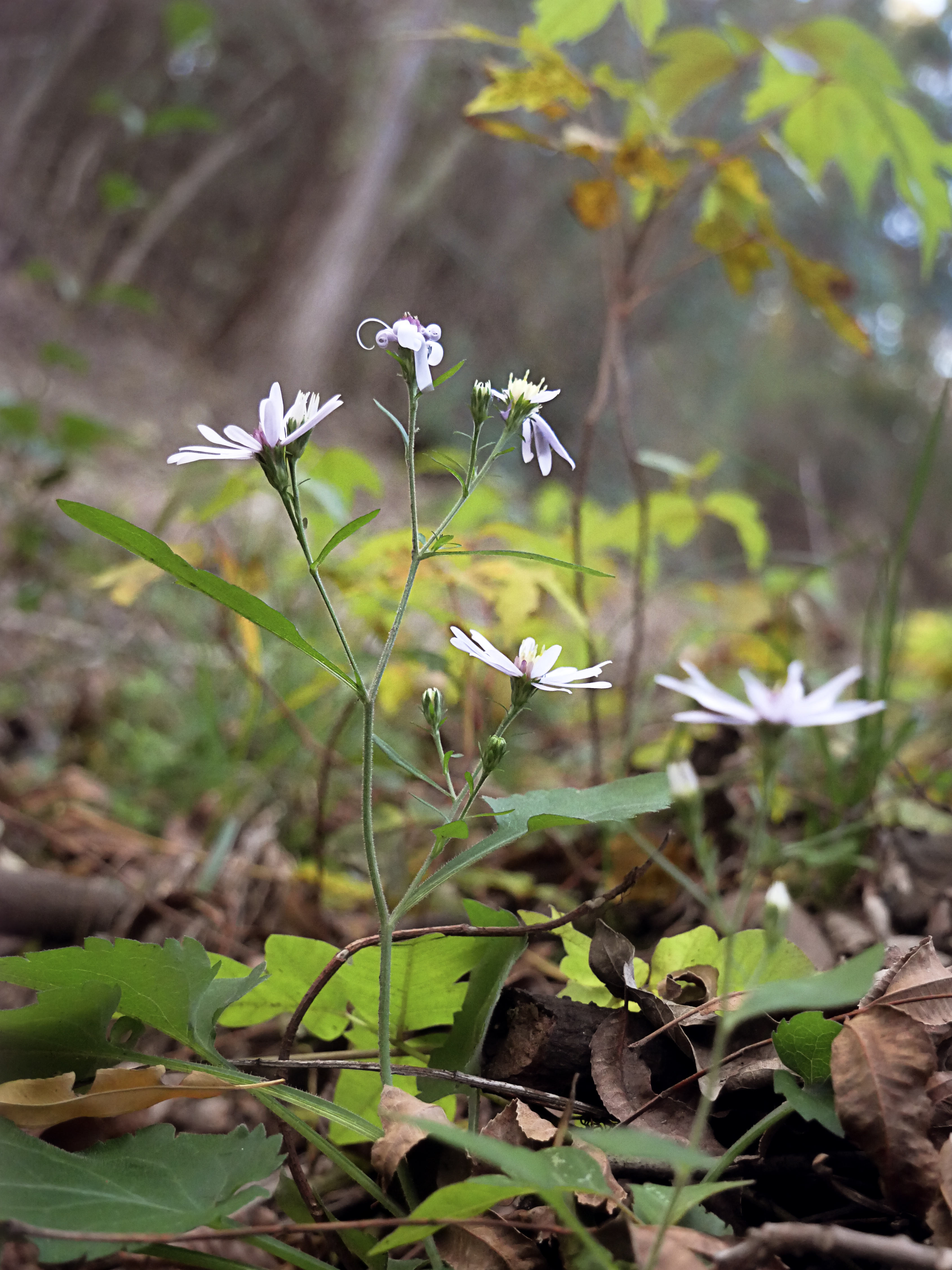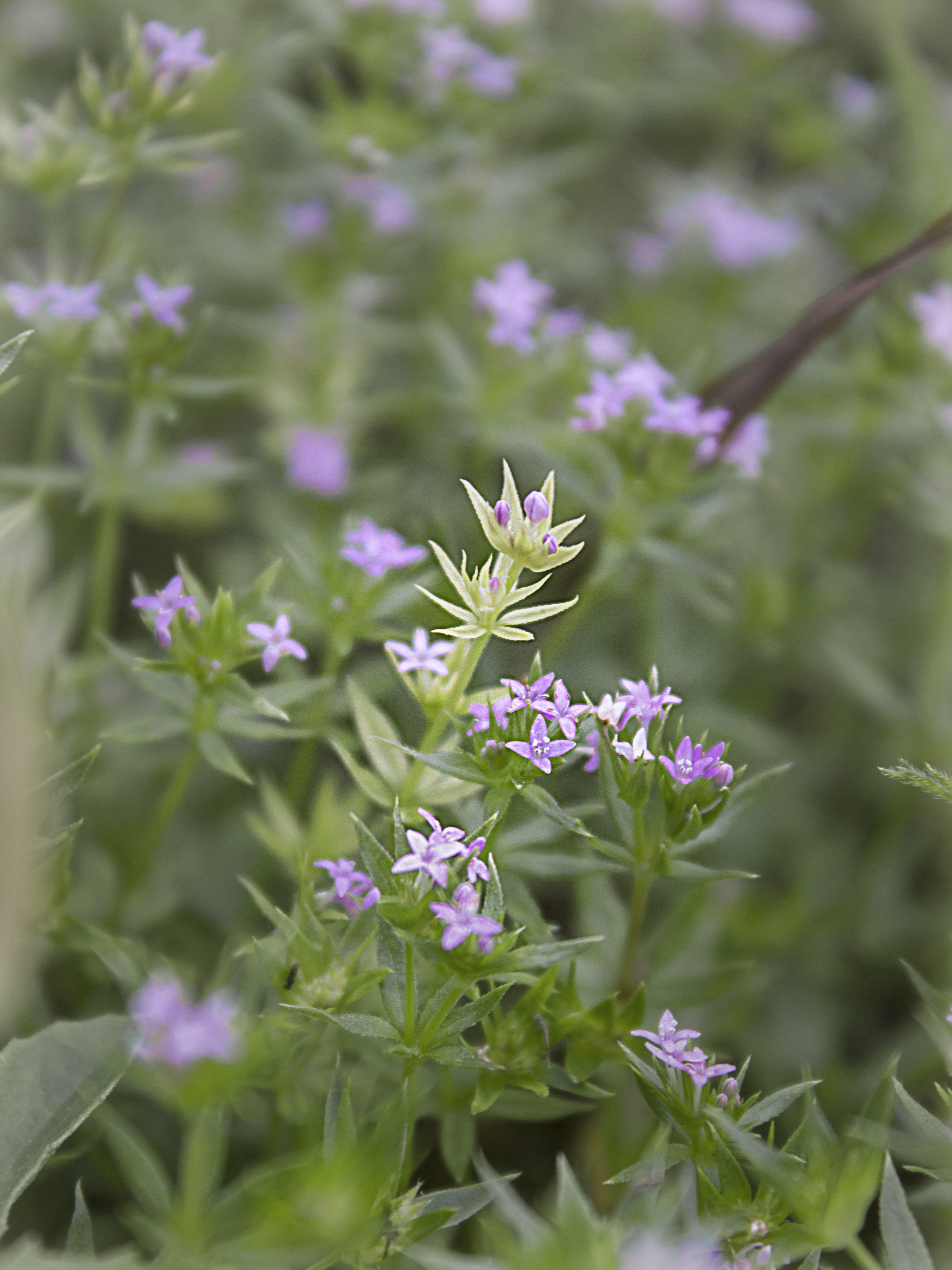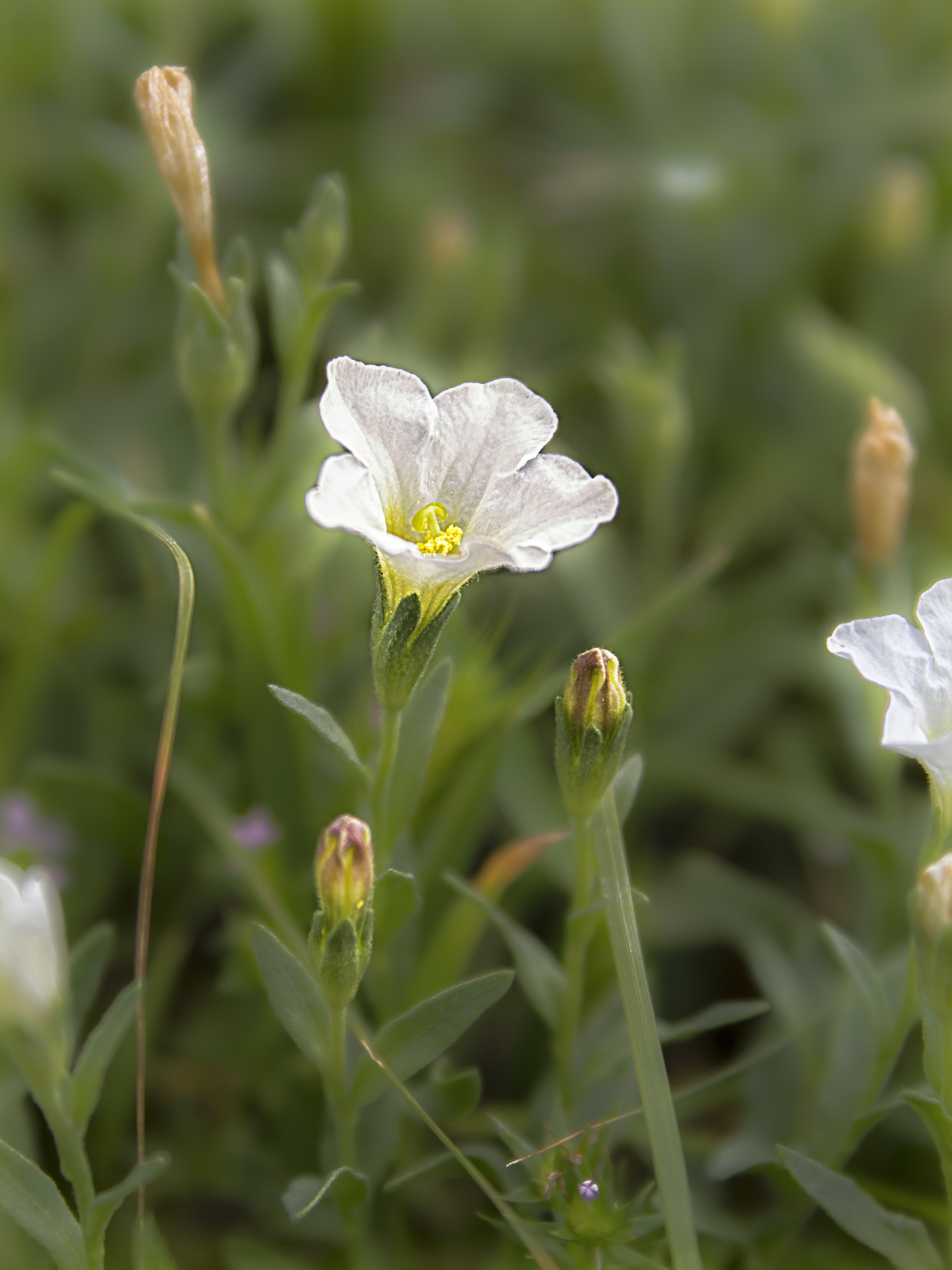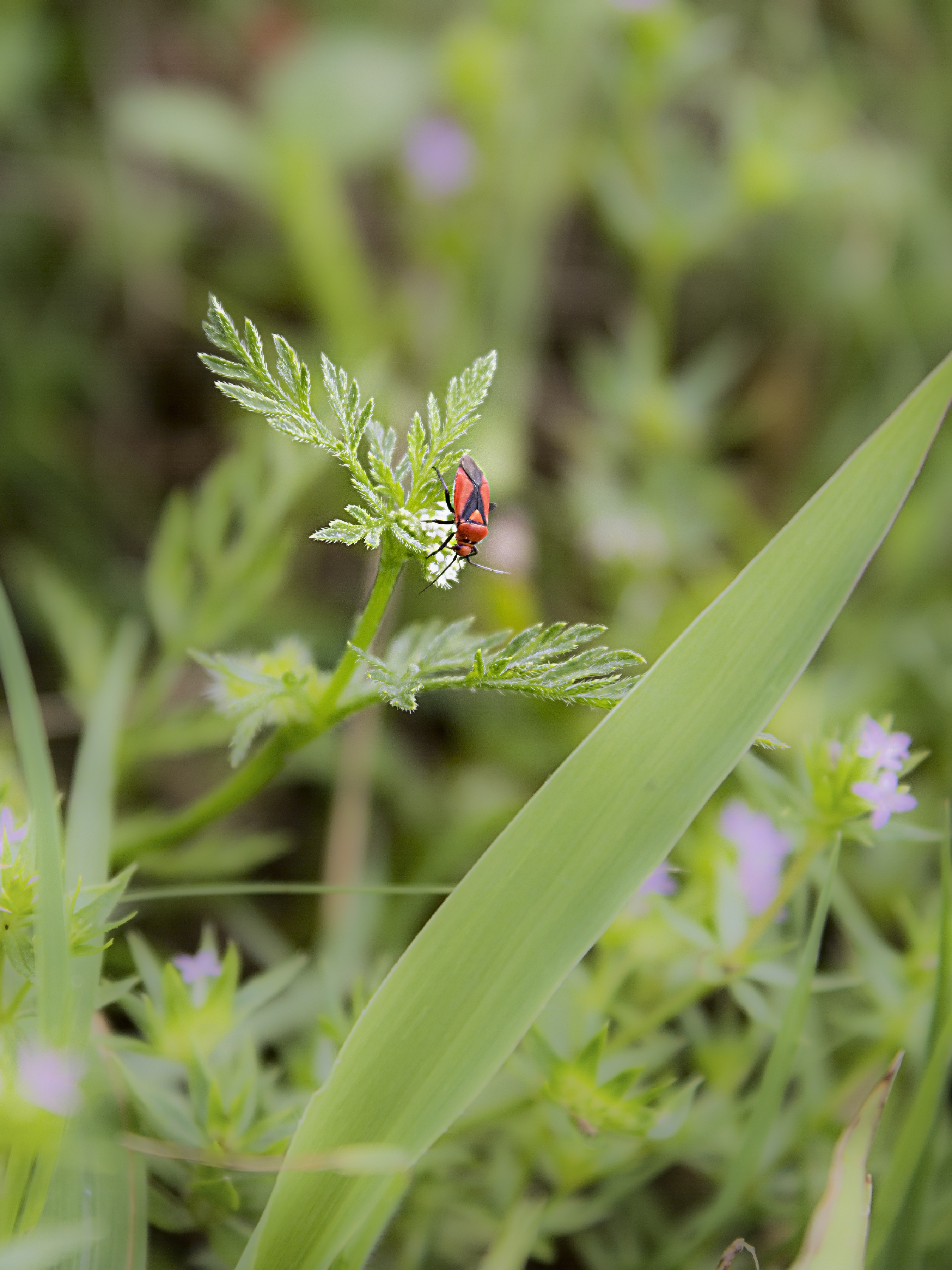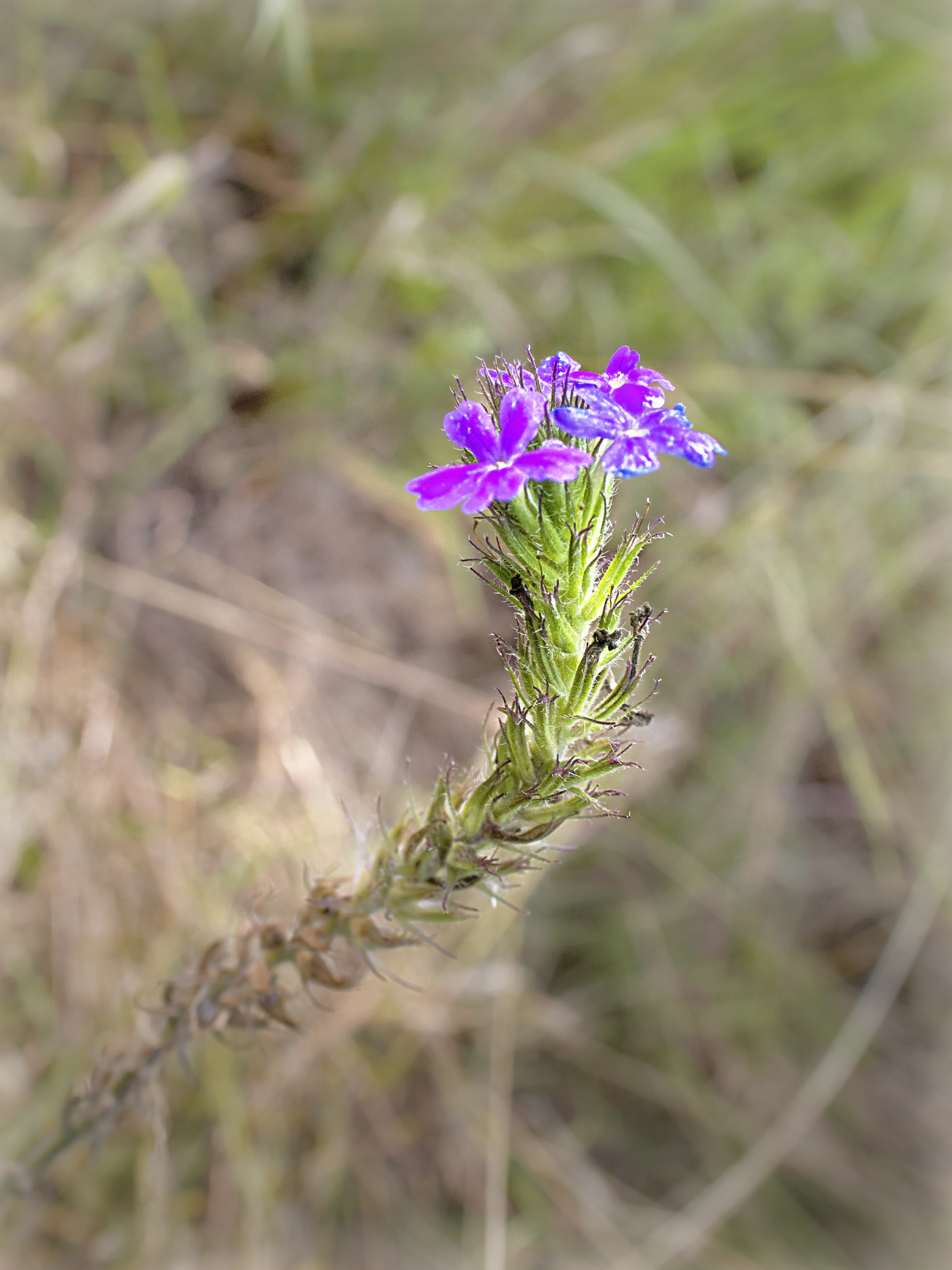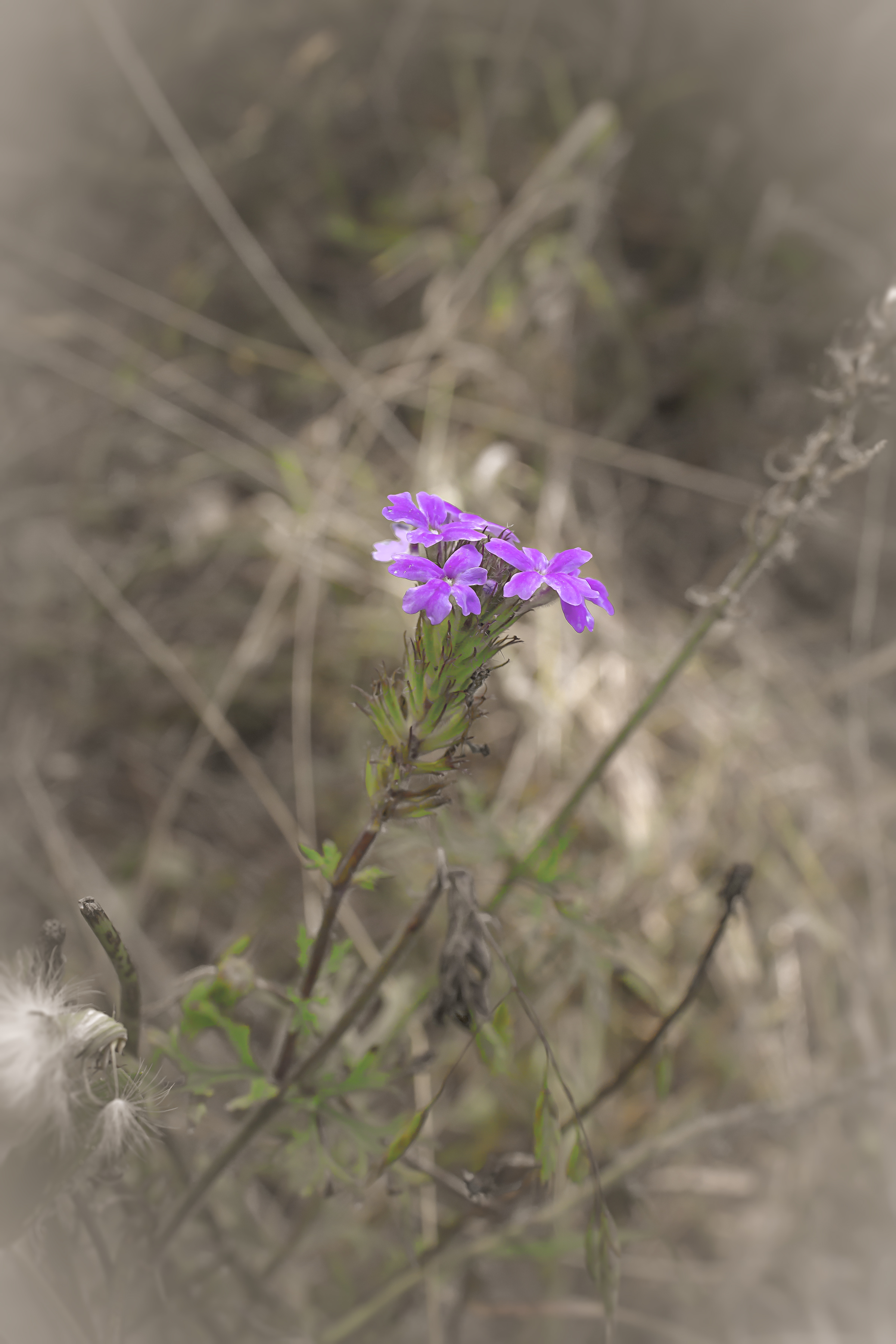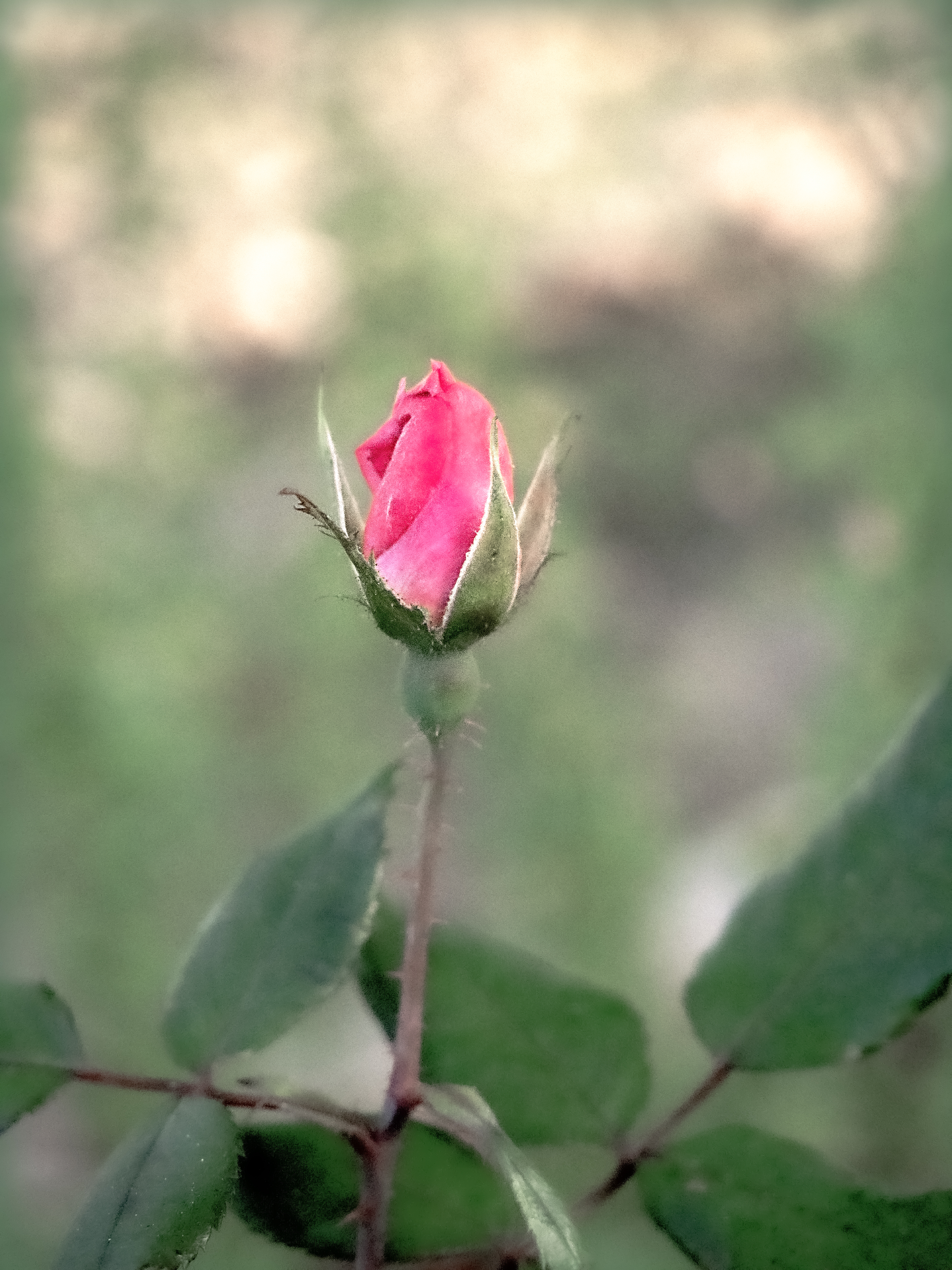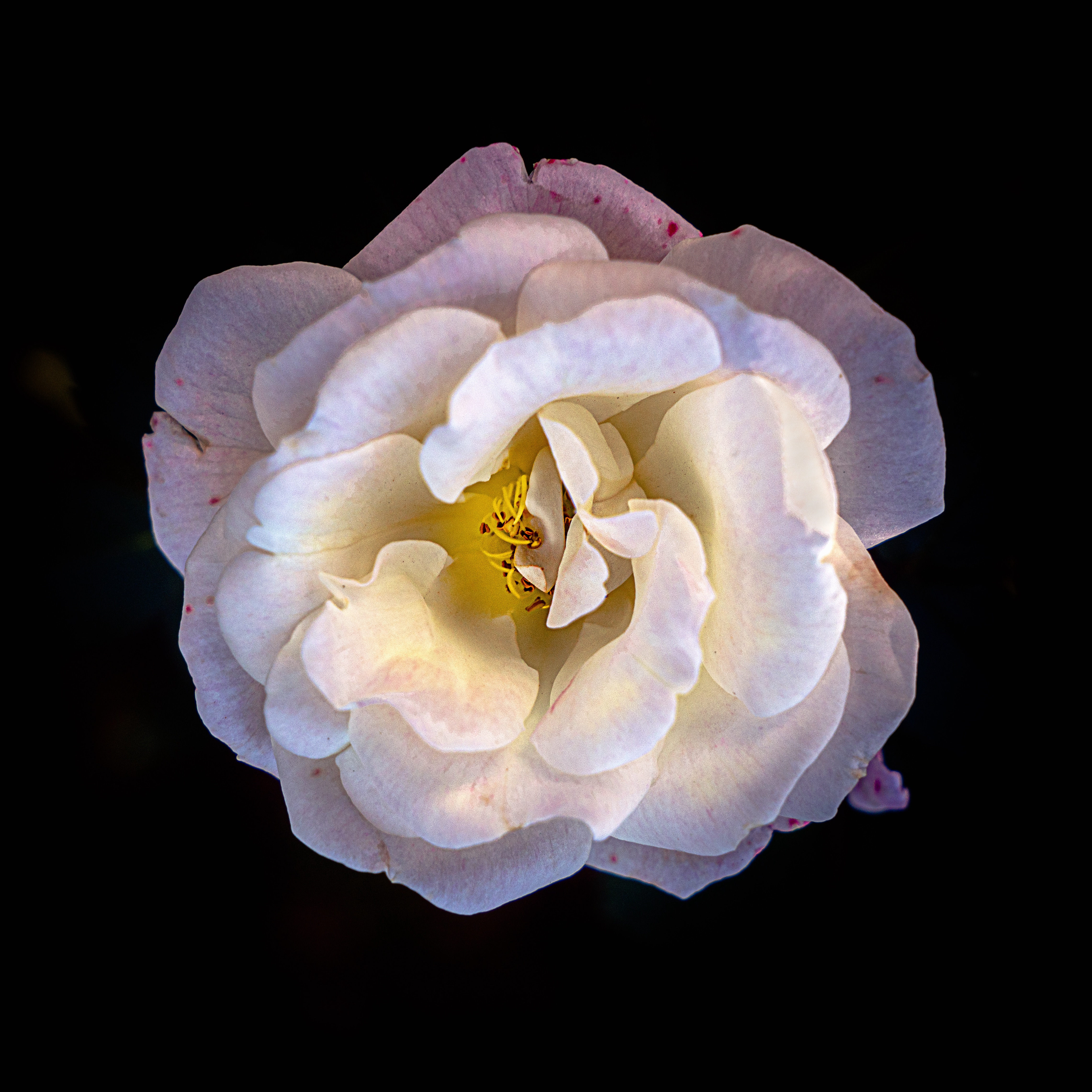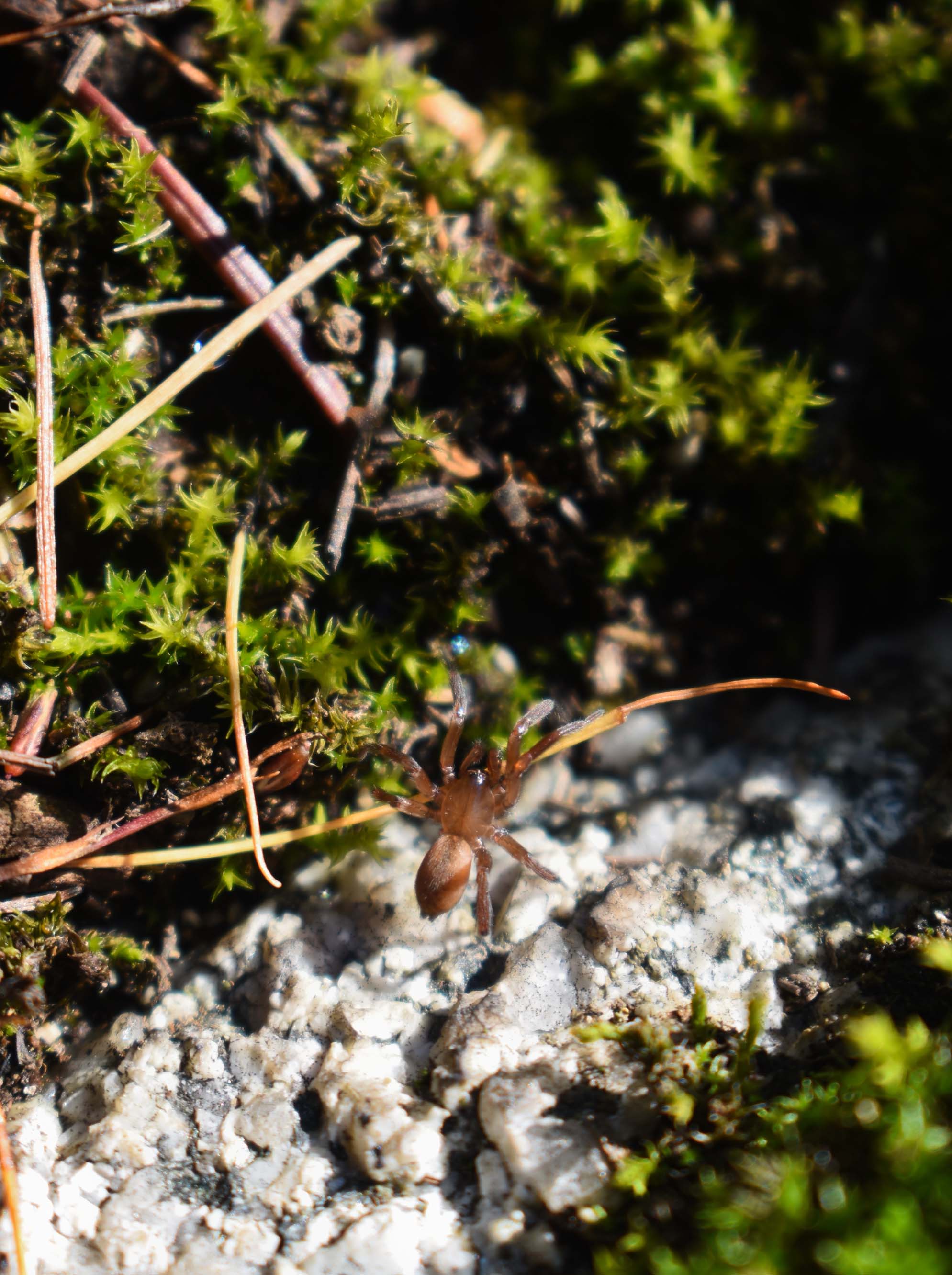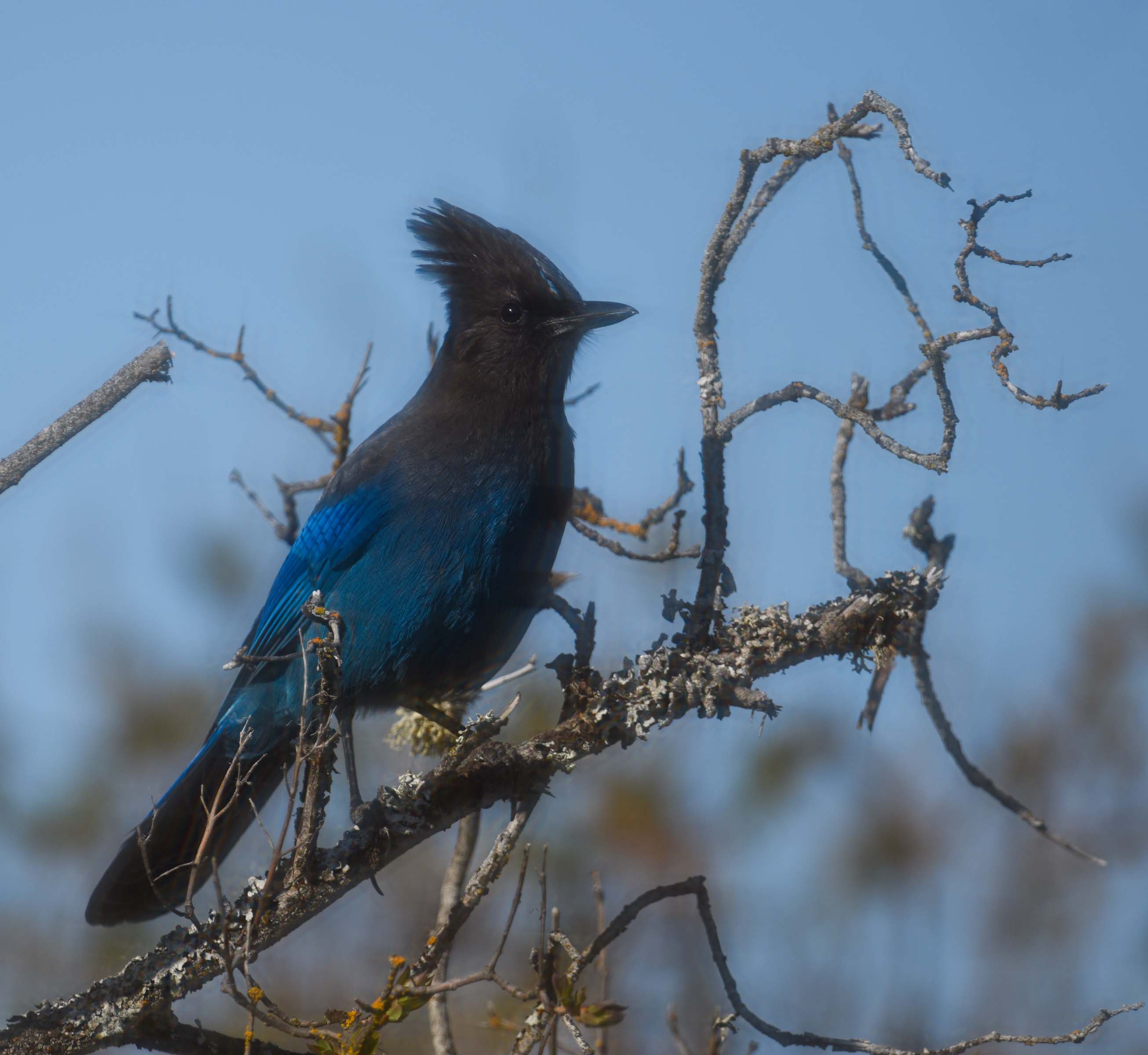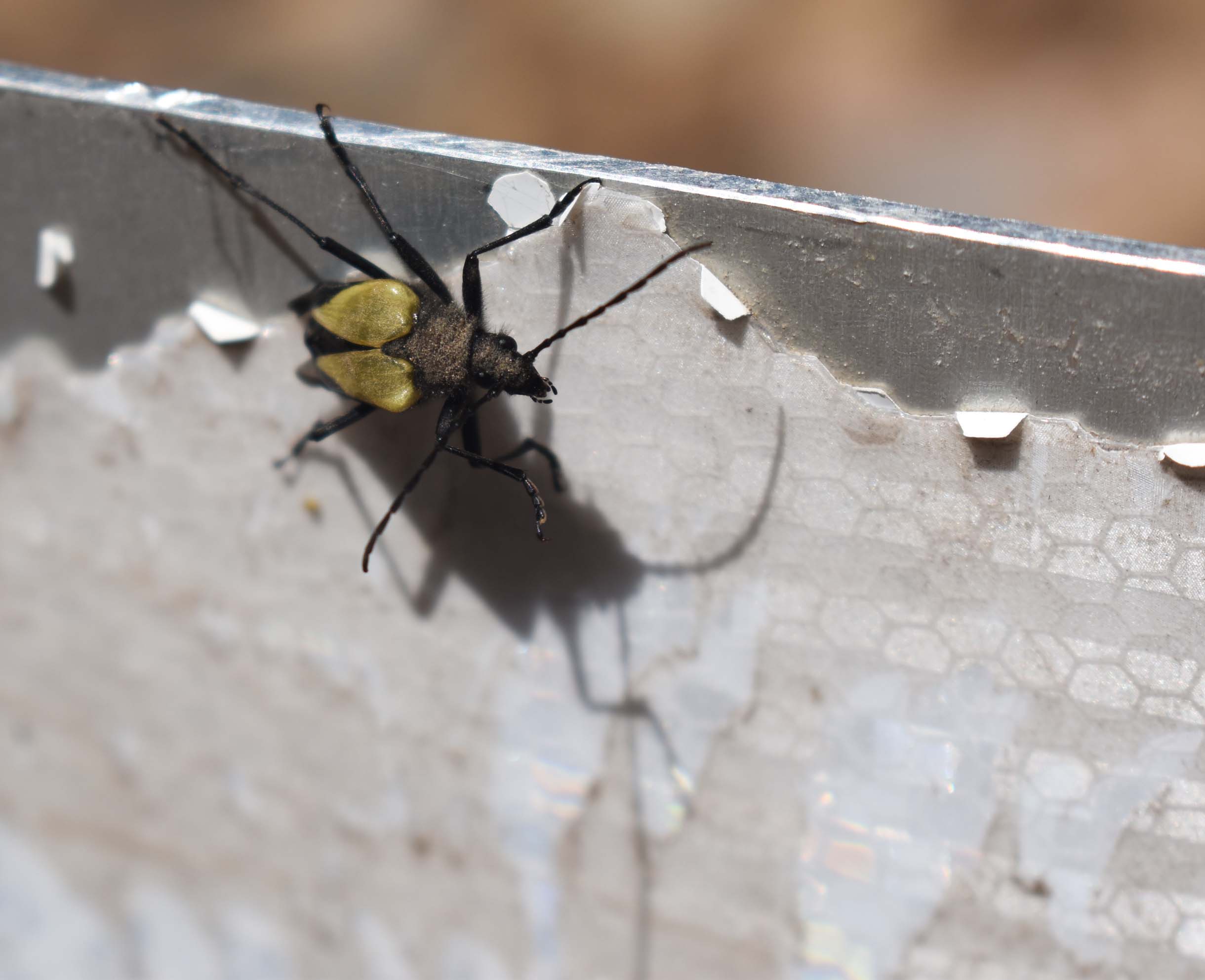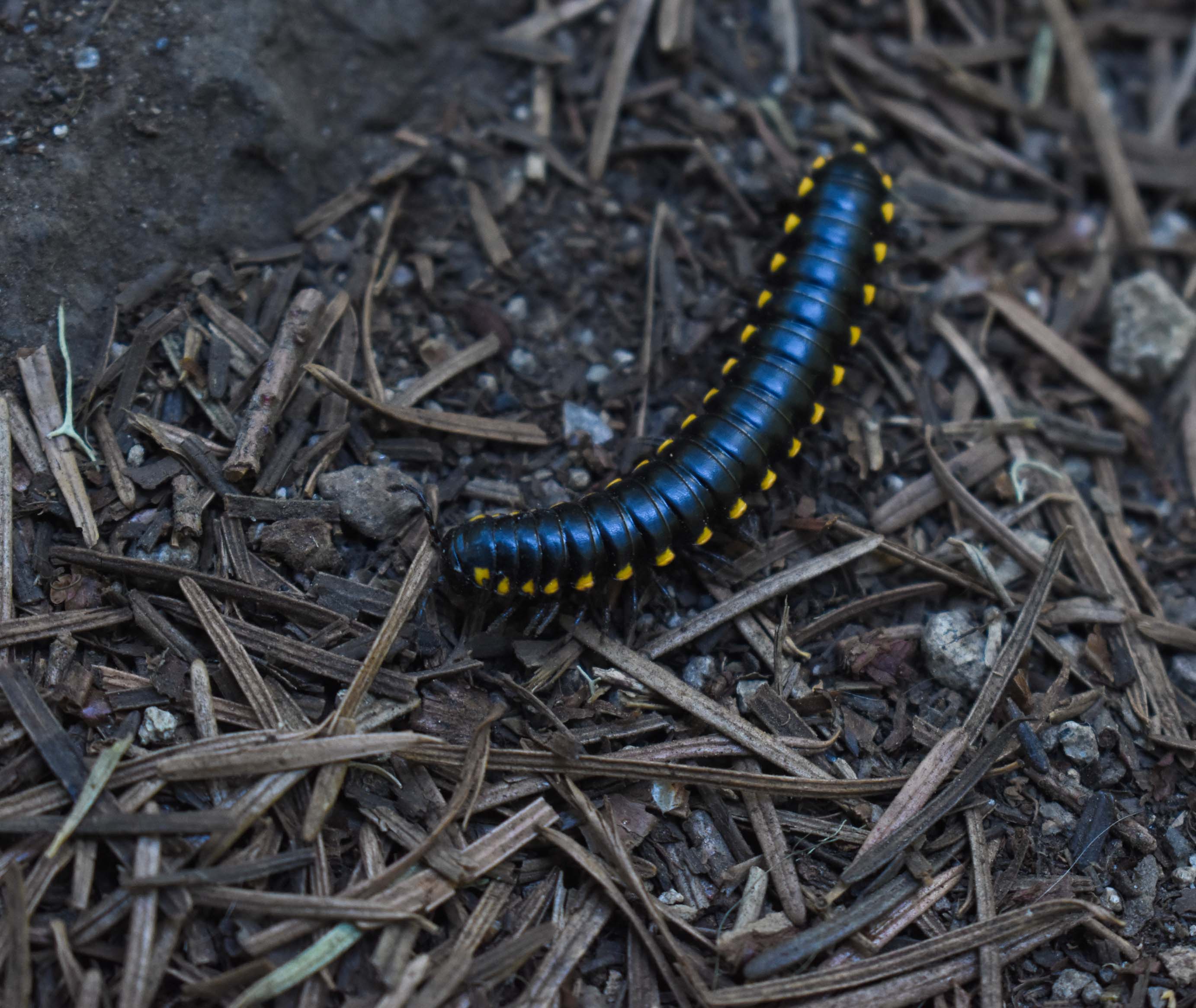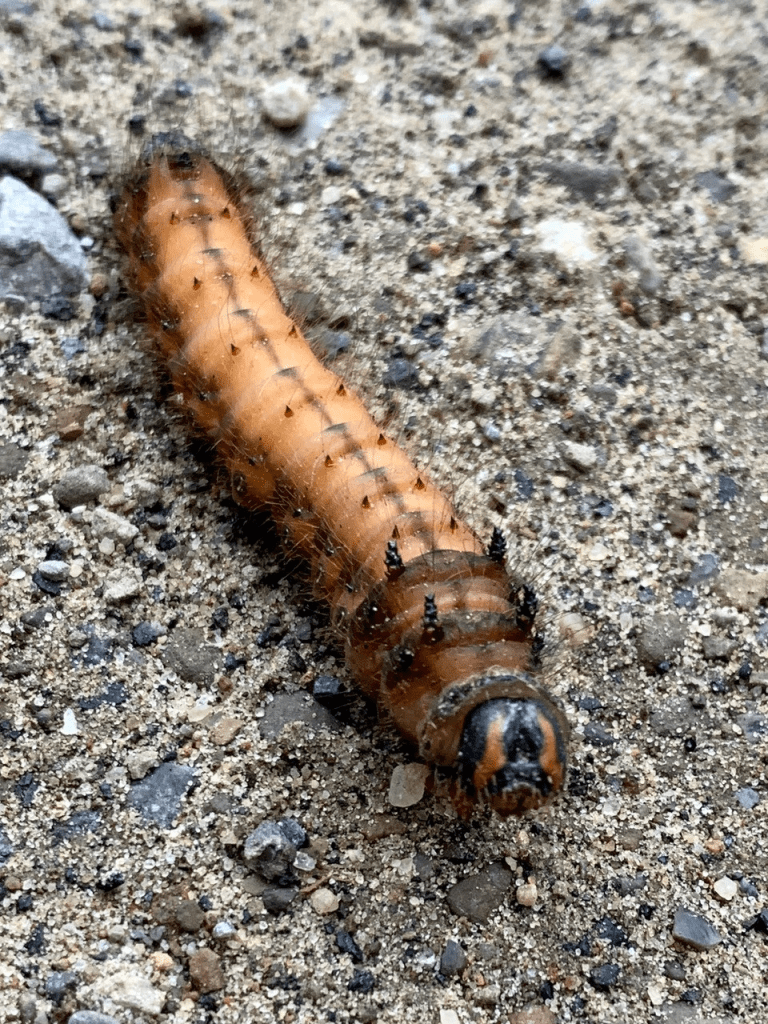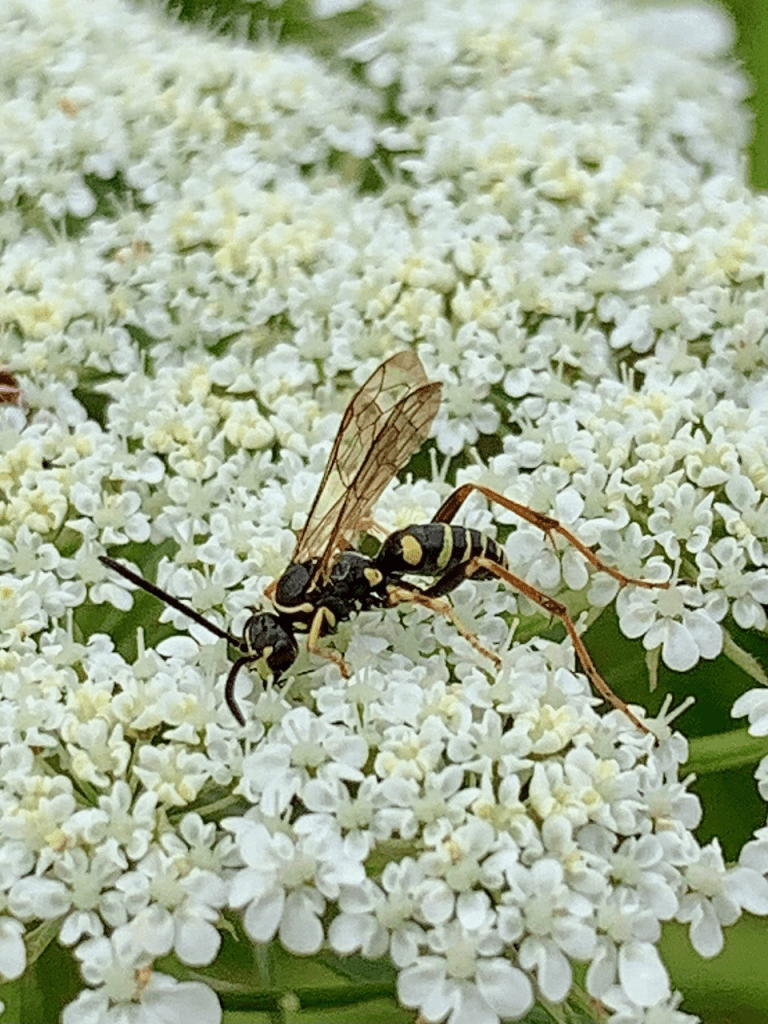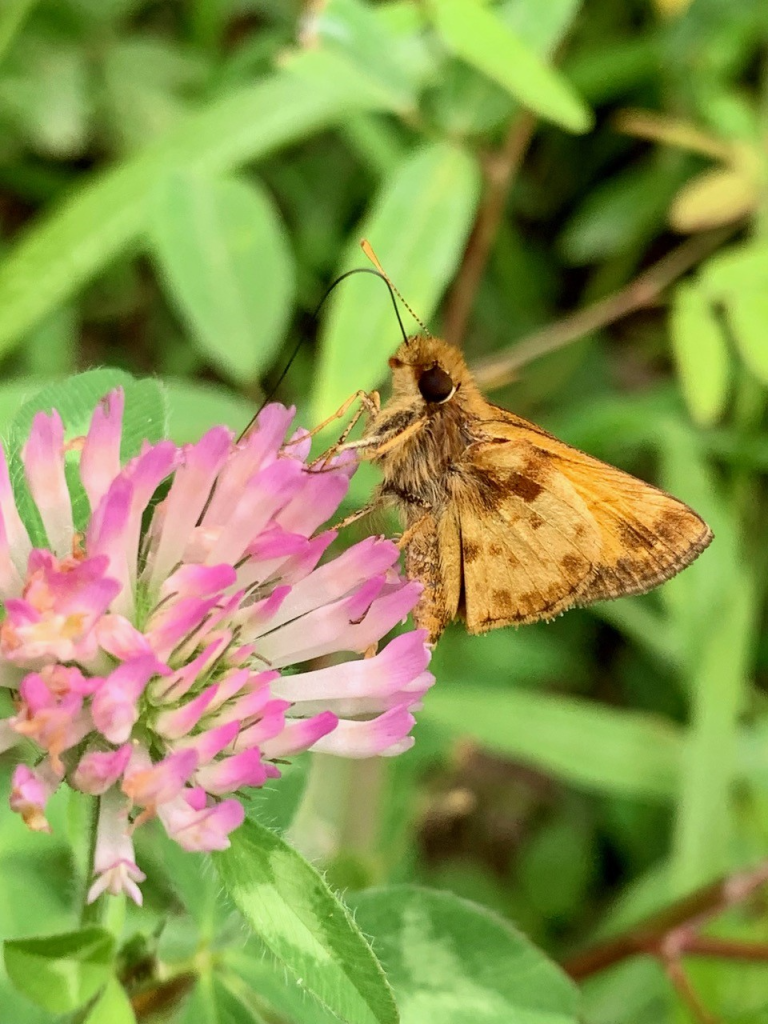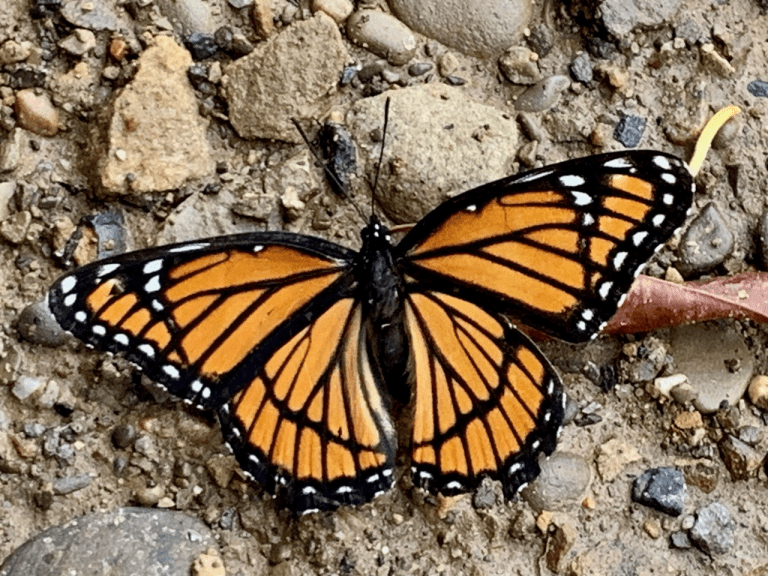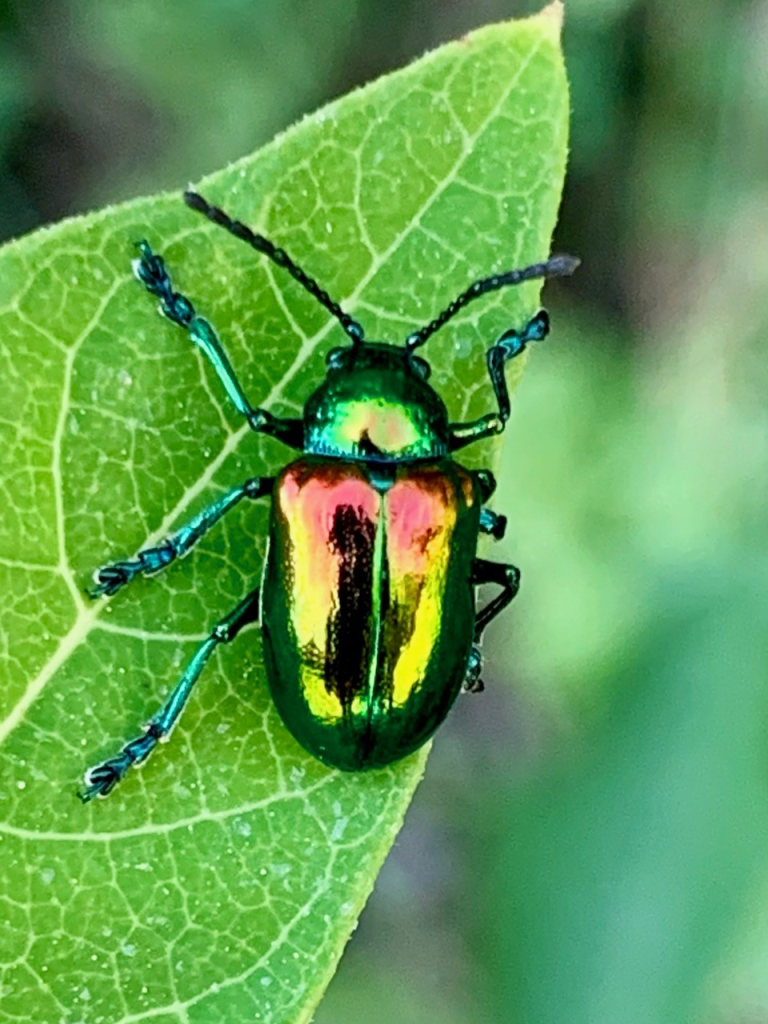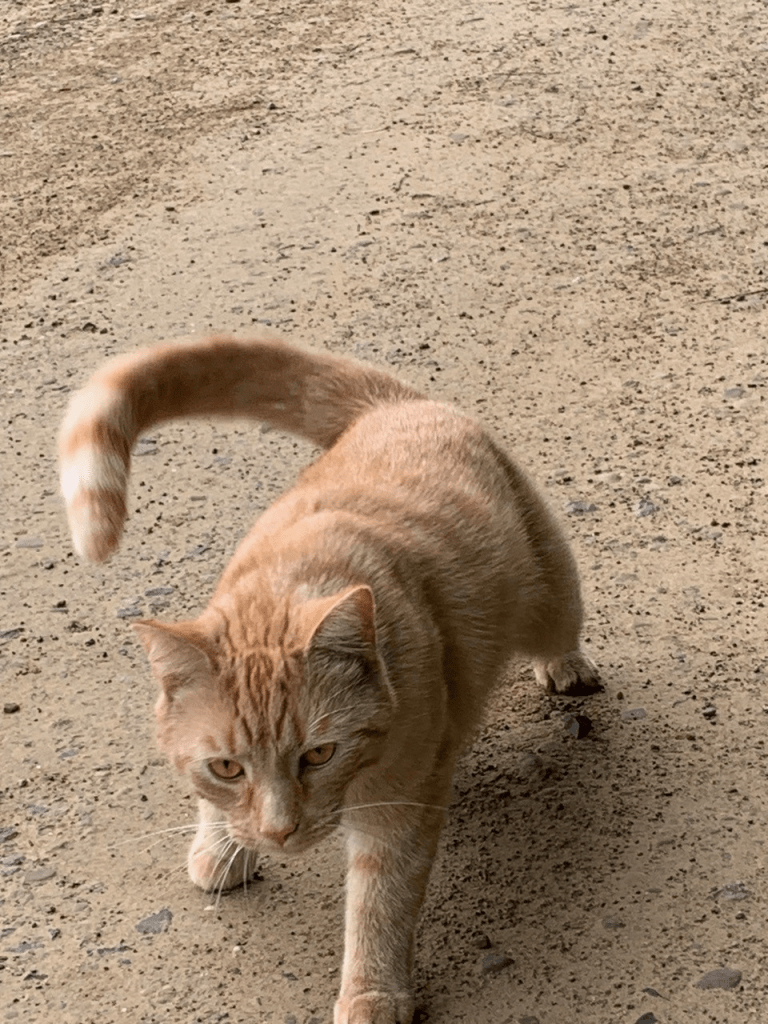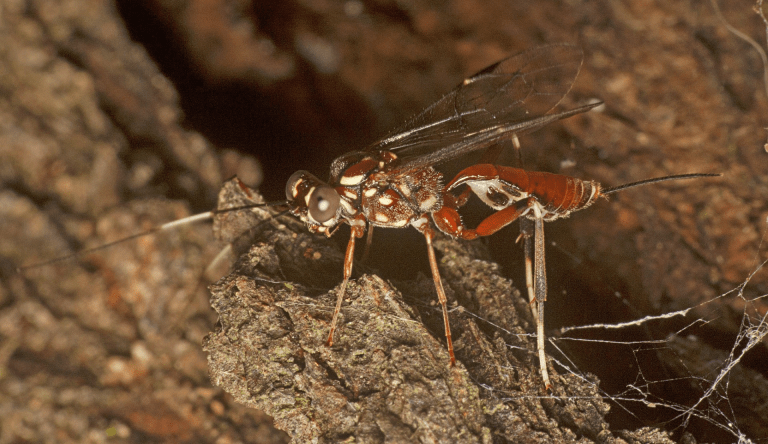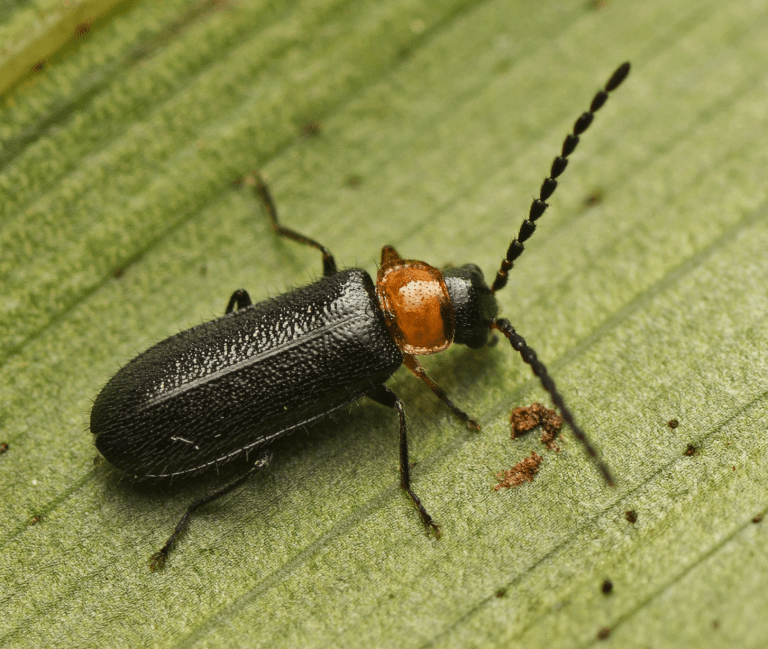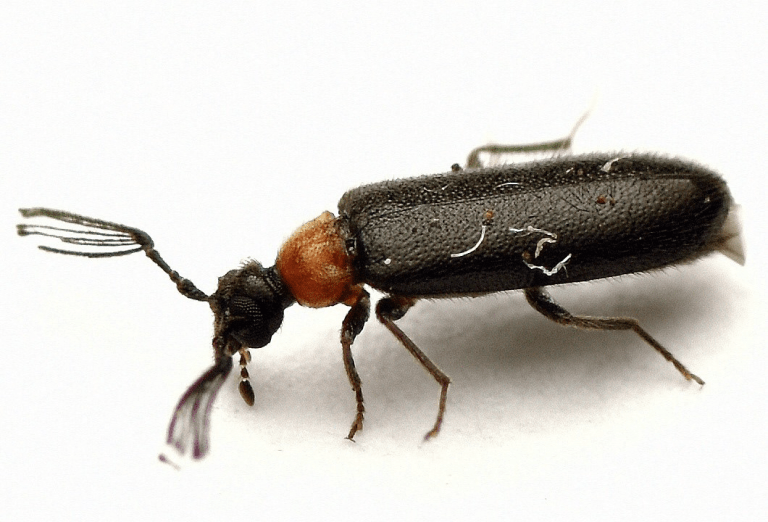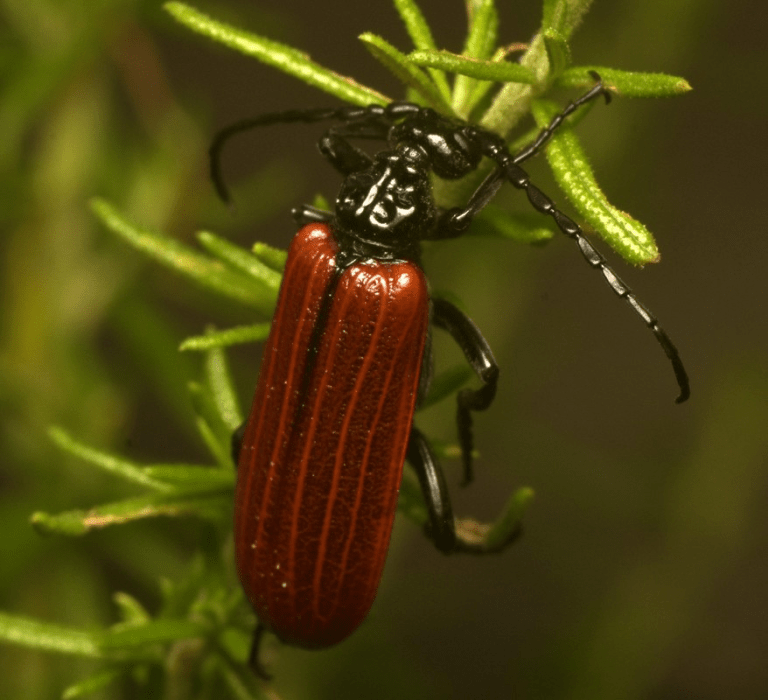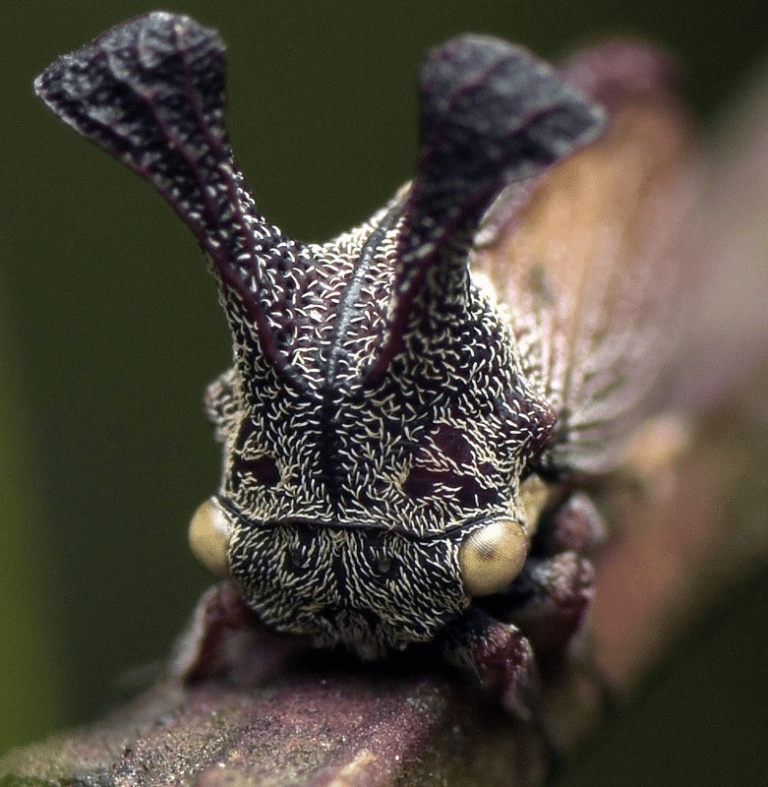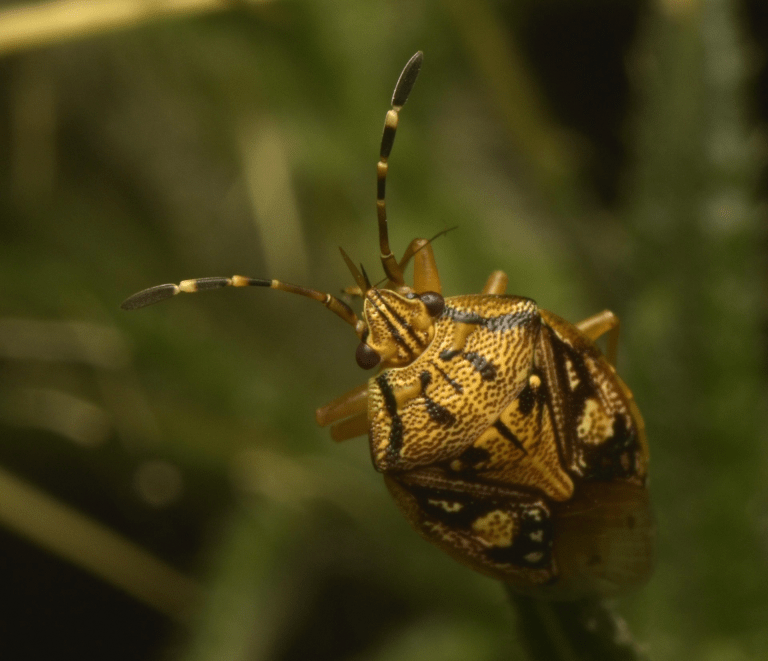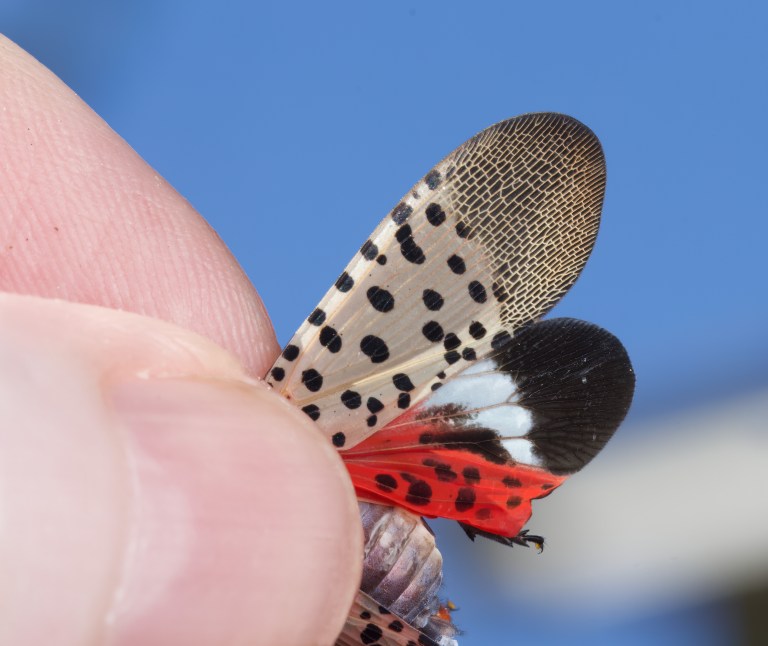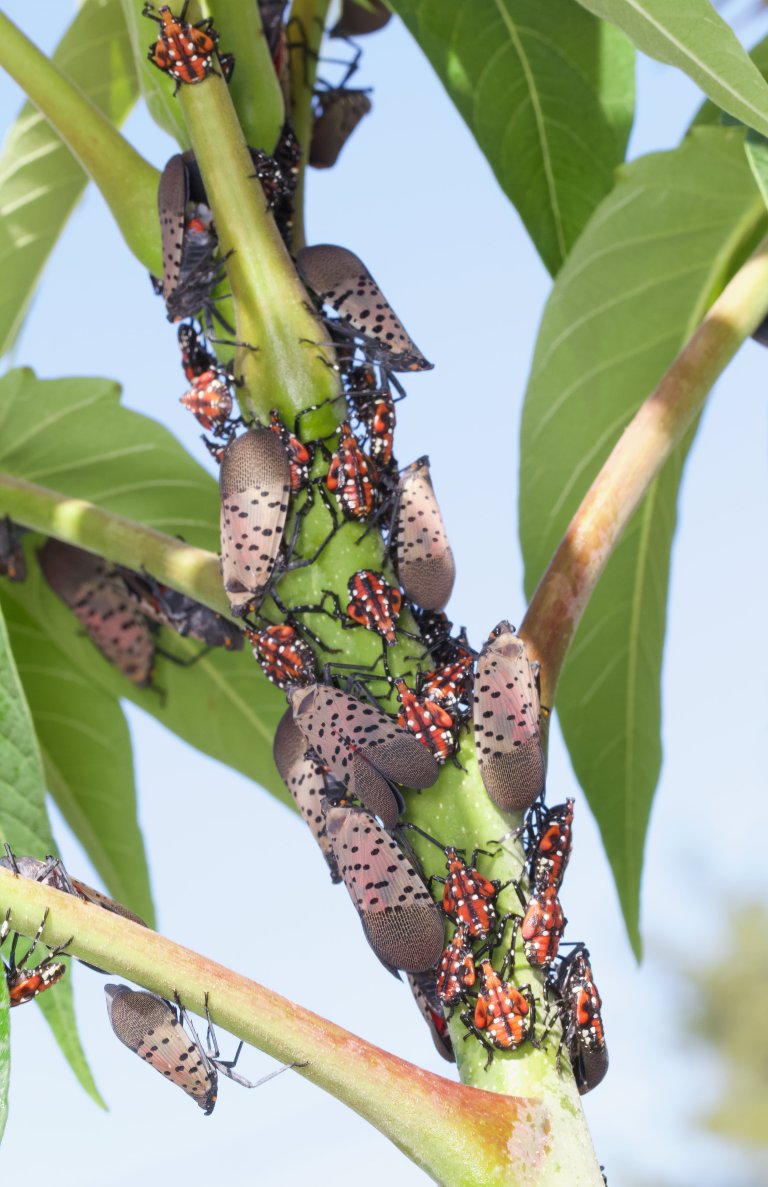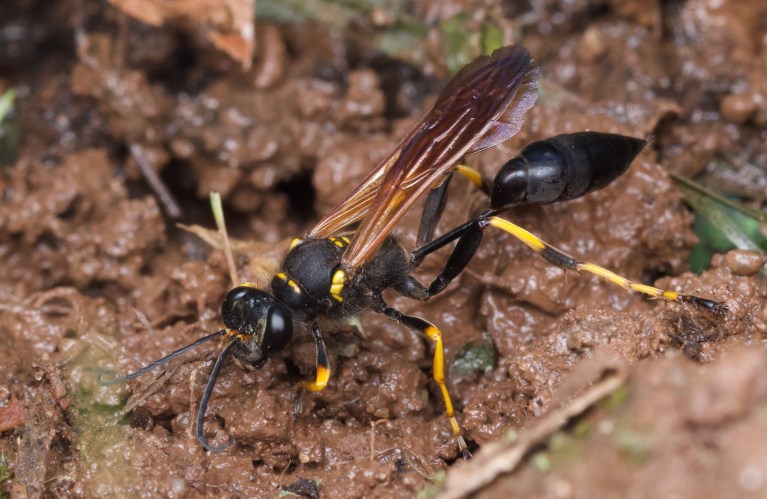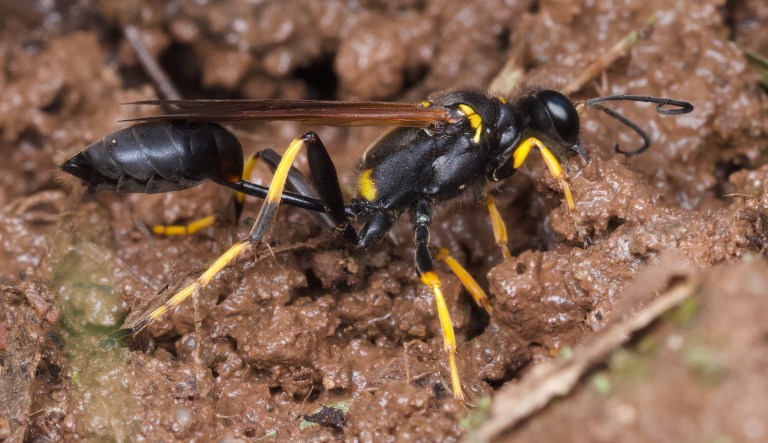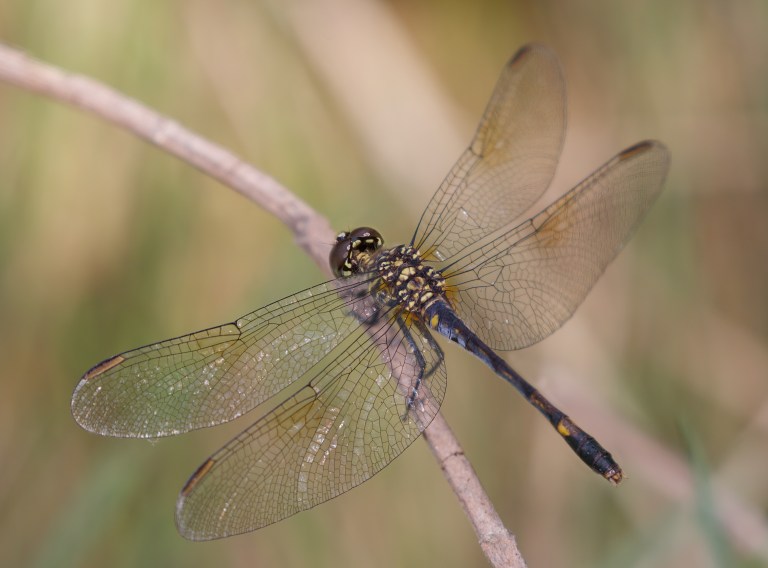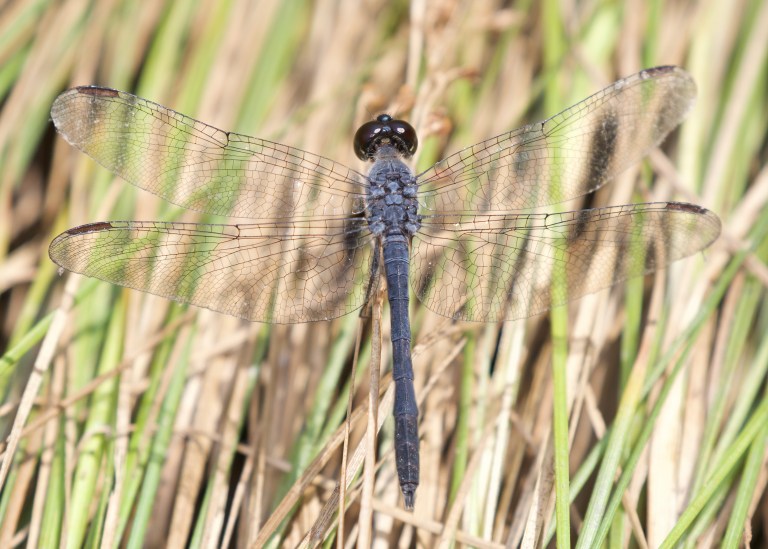I overslept tonight, and may be coming down with the virus that’s going around. Posts will be fewer today, and late. But we still have readers’ wildlife, thanks to kind readers. (Send in your photos!)
Today’s batch was sent reader Rodney Graetz, but there are two authors. The captions and IDs provided are indented, and you can enlarge the photos by clicking on them.
Australian Wildlife photos for WEIT January 2024
M. E. & R. D. Graetz
It is mid-Summer here in the Southern Hemisphere, and the natural world is bubbling with The Game of Life: If you win, you stay in the game. Here a Noisy Miner (Manorina melanocephala), a very aggressive honeyeater, searches for the nectar of a flowering ‘Gum’ tree in our backyard. Gum trees, aka Eucalypts, are Australia’s iconic tree with about 800-900 species, all of them evergreen with individual leaves living for 2-3 years. When Gum trees decide to flower, the colours and nectar are very obvious:

In my neighbour’s yard another tree has burst into spectacular flower also dripping with nectar. This species, erroneously named ‘Silky Oak’, is Grevillea robusta, a widely admired native tree cultivated for its unique cabinet-making wood, and for its spectacular flowering and providing so much nectar that birds noisily dispute access:

The first honeyeater on the scene is the Noisy Friarbird (Philemon corniculatus), so named by it featherless ‘bald’ head and for its continuous maniacal calling:
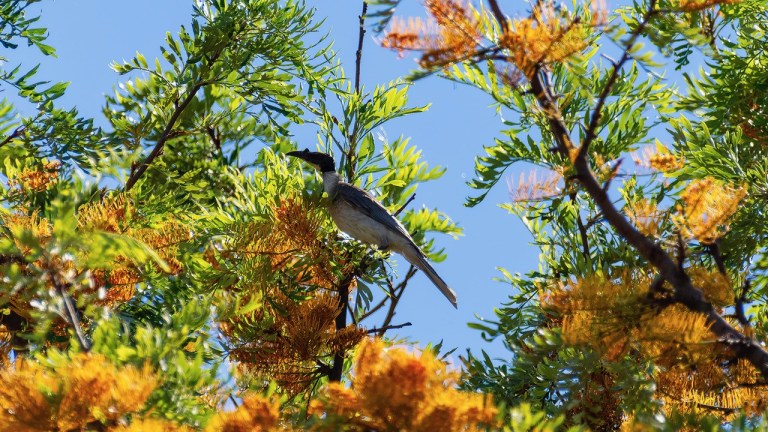
As well as the numerous honeyeater species, the common, large seed-eating Sulphur-crested Cockatoos (Cacatua galerita) join in the nectar feasting. There’s no delicate probing with slender beaks; they just bite off a whole twig, chew one or two flowers, then drop the twig and bite off another:
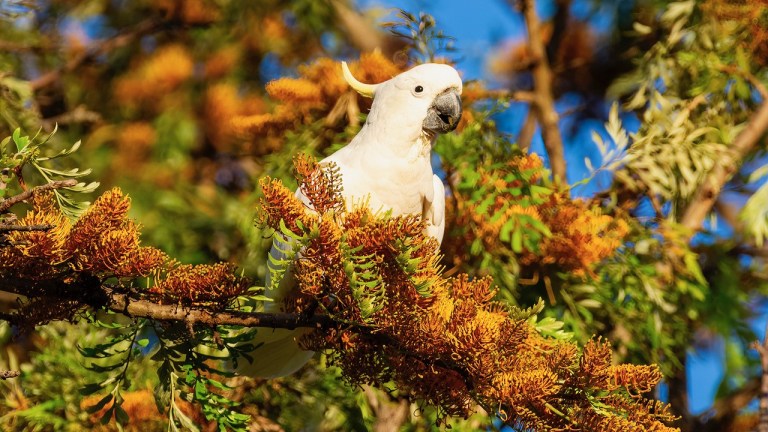
Back on ground level, several species of butterfly search ceaselessly for nectar during the warmest daylight hours. What species they all are, and where they disappear to when the temperature drops remains a work in progress:
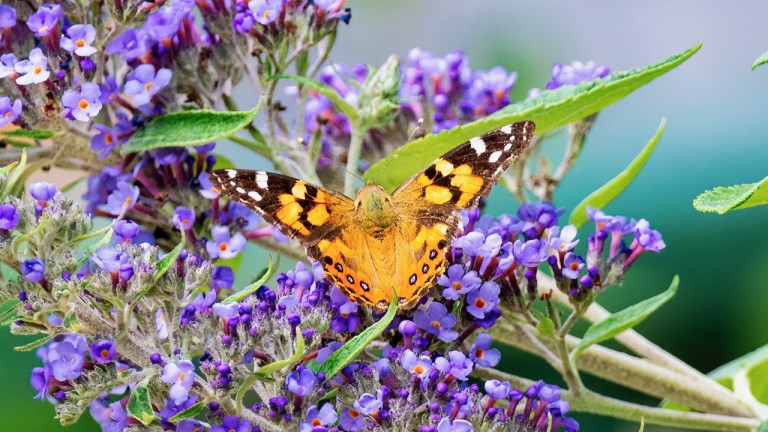
Again, in a neighbour’s yard, a male Australian King Parrot, (Alisterus scapularis) in exquisite breeding plumage, munches on the thin fleshy coating of seeds. His permanent colouring is a very effective ‘look at me’ strategy:
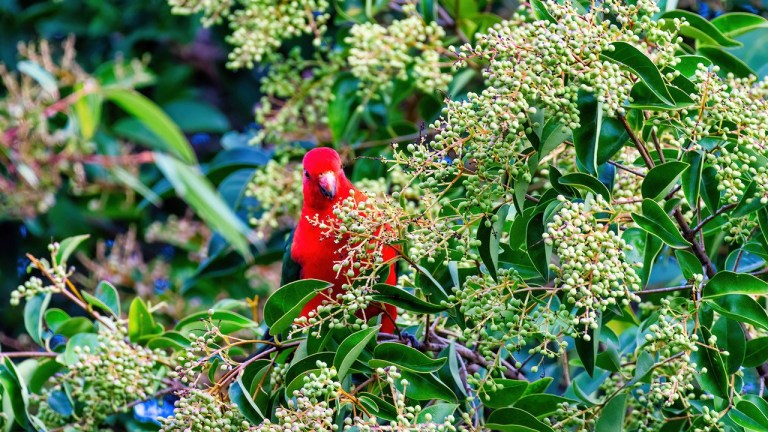
We (happily) leave our lawn un-mowed to provide insects and worms for ground-feeding birds such as this female Magpie-Lark (Grallina cyanoleuca), probably the most widely distributed Australian bird. Always in industrious pairs, apparently mated for life, they are yearlong visitors to our backyard:
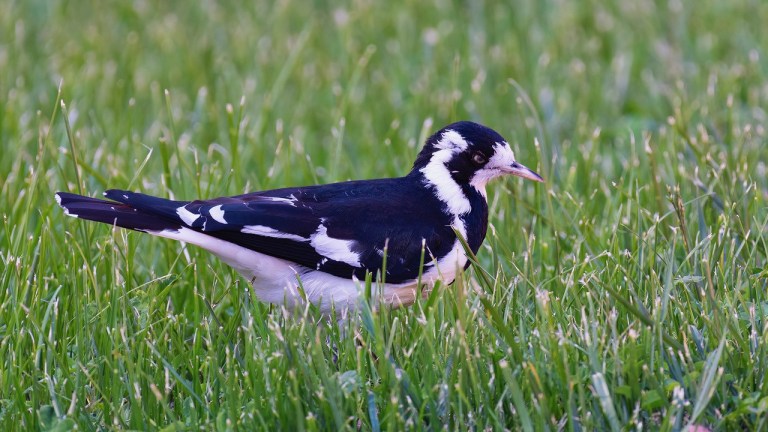
This year, the resident Magpie-Lark pair are attempting to breed. This is their nest in a street tree about 10 metres above ground. The tail of a sitting bird is visible. The substantial nest is a mud and grass bowl that was built beak-by-beak loads of wet soil and lawn clippings from our backyard. So far, it has withstood several heavy storm rains:

A lurking threat to the nesting Magpie-Larks. This long-tailed, deep satin-blue bird is an Australian Koel (Eudynamys cyanocephalus), a cuckoo-related, nest parasite. It’s a migratory bird that appears when favoured susceptible species of birds are nesting. Its mating call, regarded as Australia’s most annoying bird call, is loud and repetitive. Once mated, the female finds a susceptible nest in which to lay one egg, which, on hatching, removes or kills the existing host bird’s nestlings. The Magpie-Lark nest is one known to be susceptible to the Koel:
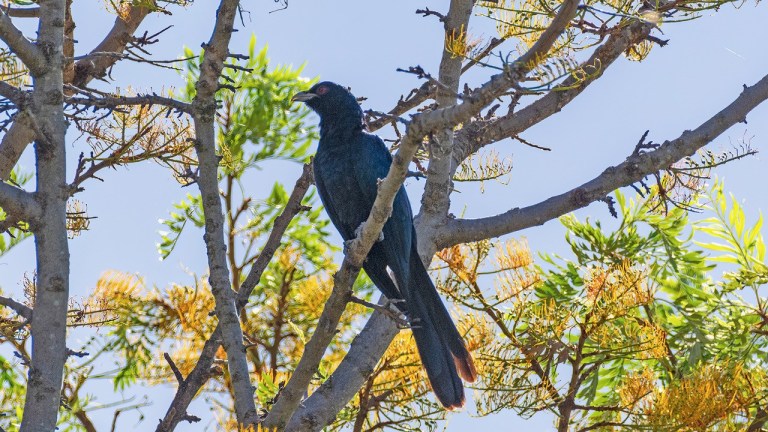
The ‘Look at Me’ season, when males display to attract a mate, began in Winter (July) with the ducks and still continues in mid-Summer with land birds. Here a male Maned Wood Duck (Chenonetta jubata) performs for a seemingly uninterested female. Considered choice is imperative when mating for life, as this species is thought to do:

Some of Australia’s smallest birds are the Wrens, and this is a male Superb Fairy-Wren (Malurus cyaneus) growing his breeding plumage. Though small, they are hyperactive in hunting for insect prey, and, as many post-graduate research students have found, they are hyperactive in their breeding behaviour. It’s always a joy to (briefly) spot their flash of colour deep in the foliage:

Some birds’ breeding signage is subdued but unmistakable. With the Australasian Grebe (Tachybaptus novaehollandiae), a small bird by Grebe standards, both male and female temporarily develop coloured cheek-neck patches for their combined ‘Look at Me’:
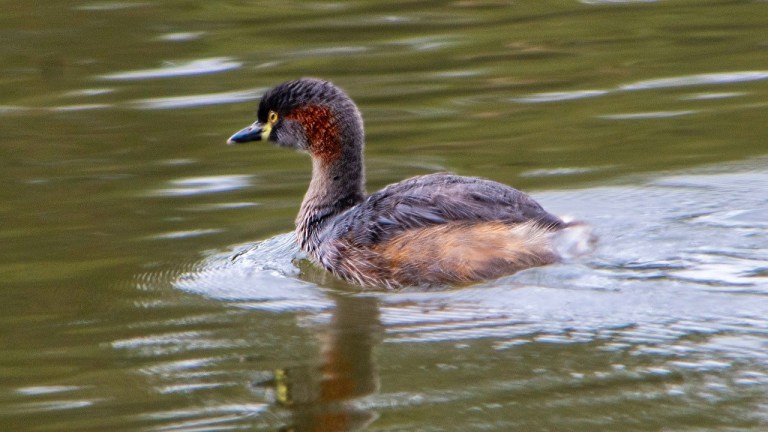
The neck flexibility of an Australasian Darter is enviable. We thought this young male (Anhinga novaehollandiae) was wounded until I realised it was vigorously rubbing its head on its oil-producing ‘preen’ gland at the base of its tail feathers. Watching a little longer, it was not ‘Look at Me’ breeding behaviour, just ‘Looking Good’, everyday oiling of feathers:

The first job after successful breeding is looking after the offspring. Two Dusky Moorhen adults are encouraging their reluctant chick to join them in the water. The adult birds always appear polished and groomed. Their chick has yet a lot to learn:
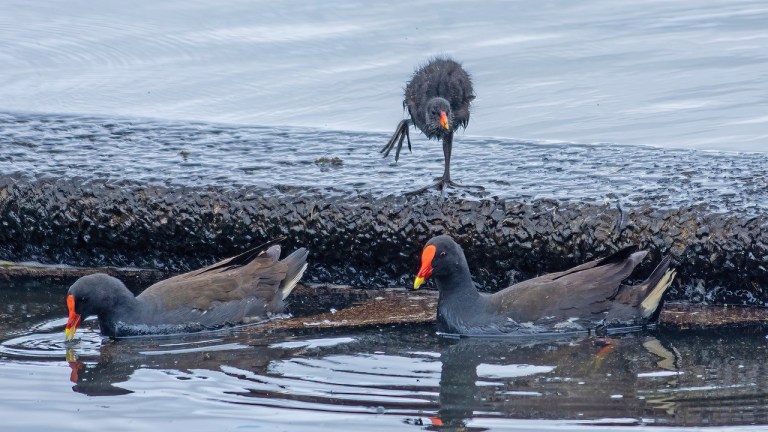
Joining birds in the trees are these temporary mammalian visitors. In November, about 5000 Grey-headed Flying-foxes (Pteropus poliocephalus) arrive from the north-coast to restart their summer occupation of a ‘camp’ near the city centre. Departing around April, they are noticeable by sight, smell, and sound, but most people remain unaware of their presence:

This species is Australia’s largest bat: a megabat with a wingspan of almost a metre. Nocturnal nectar and fruit feeders, by day they roost hanging by one or two feet, using their wings to shroud their eyes, and sleep – briefly – because this species is inherently quarrelsome. Facing away from the sun (and photographer), the orange-red hair collar and the pointed ears are obvious, which contribute to their ‘fox’ naming:
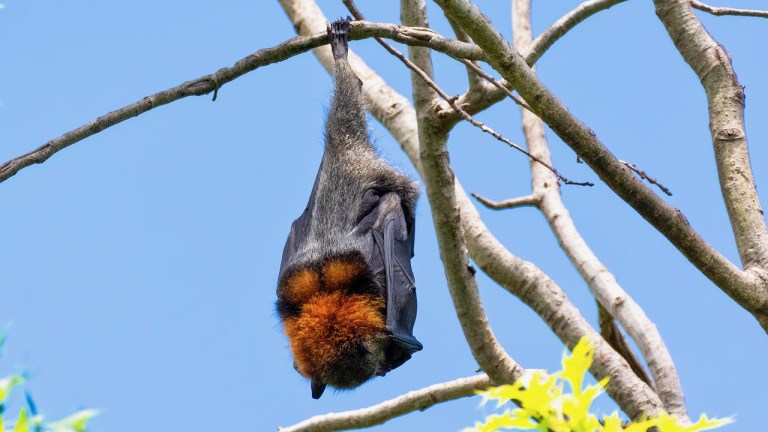
Frontal views reveal the grey-haired head and chest, along with the large eyes and snout that is the other component of the ‘fox’ naming. Their looks are appealing, but current understanding is that any contact, such as with wounded animals, is hazardous because of the viruses they are likely carrying. However, it is also known that Aboriginal Australians ate these and other bat species:
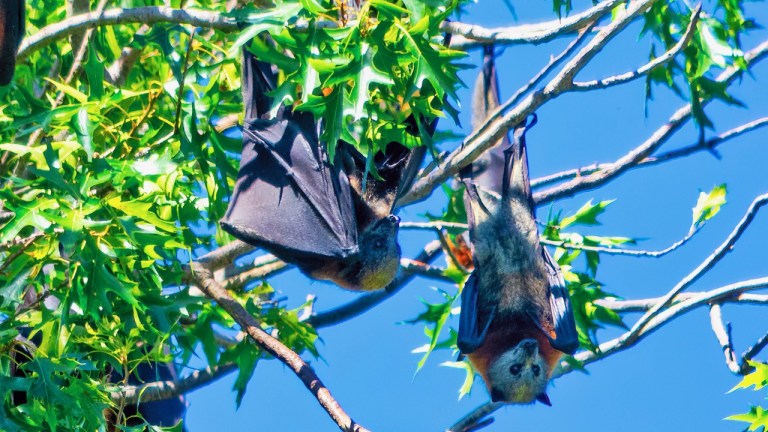
By chance, one of our images revealed this ‘Pup’: a young, chubby, and hairless bat. By size, it is unlikely that it was born in Canberra. Rather, it was carried here, clinging to its mother’s chest. It is known that Pups of about this size remain when the mother flies out to feed at night:





